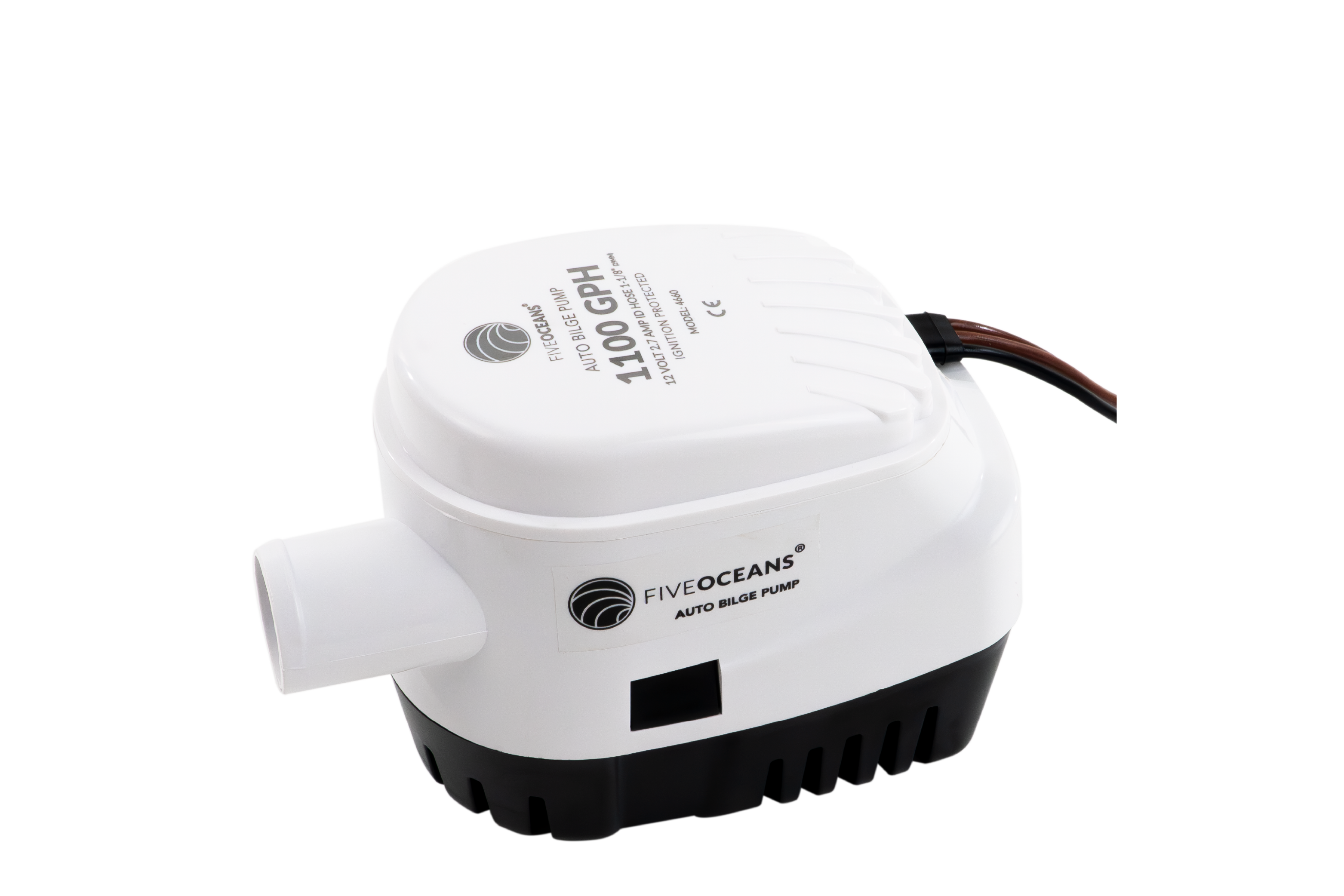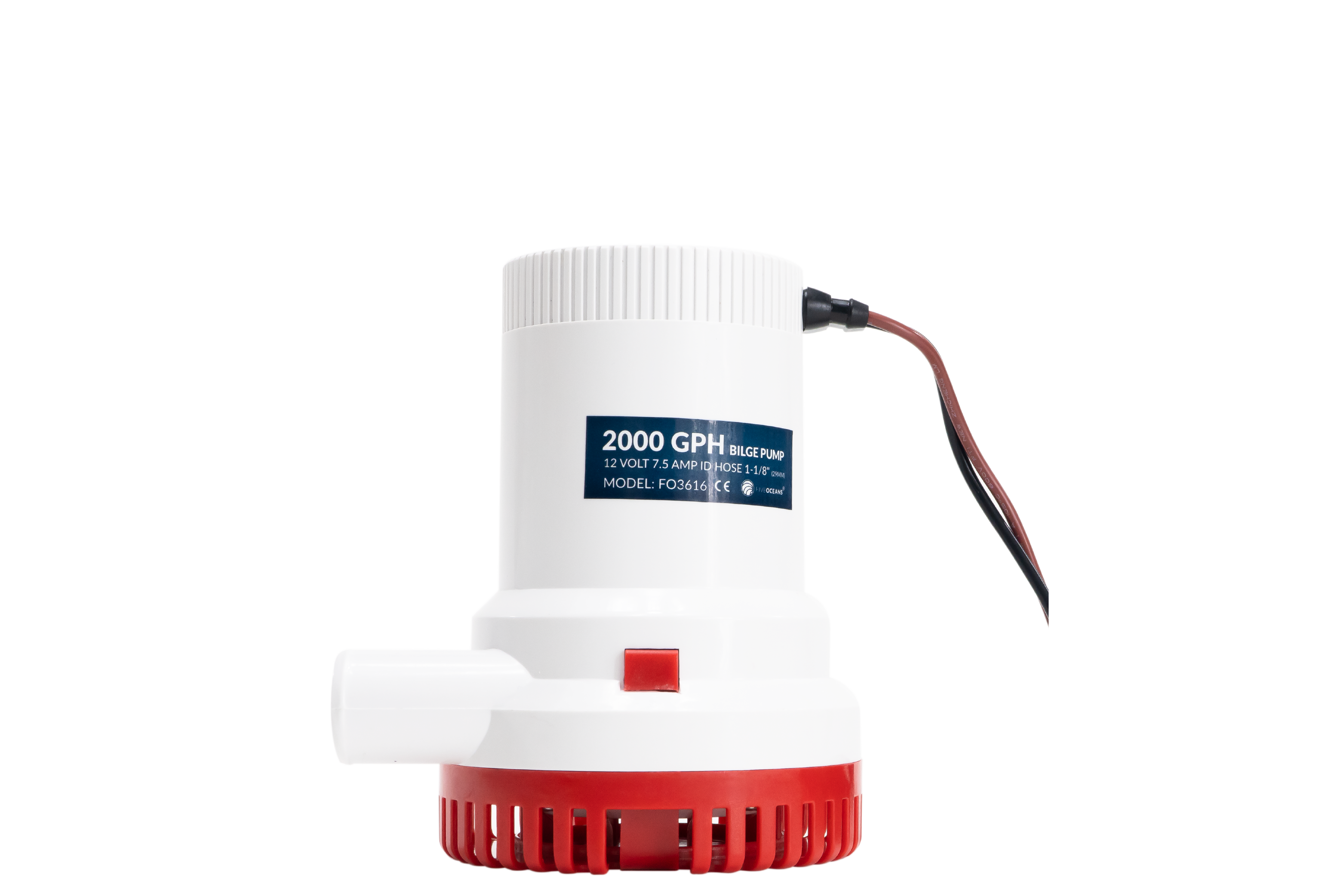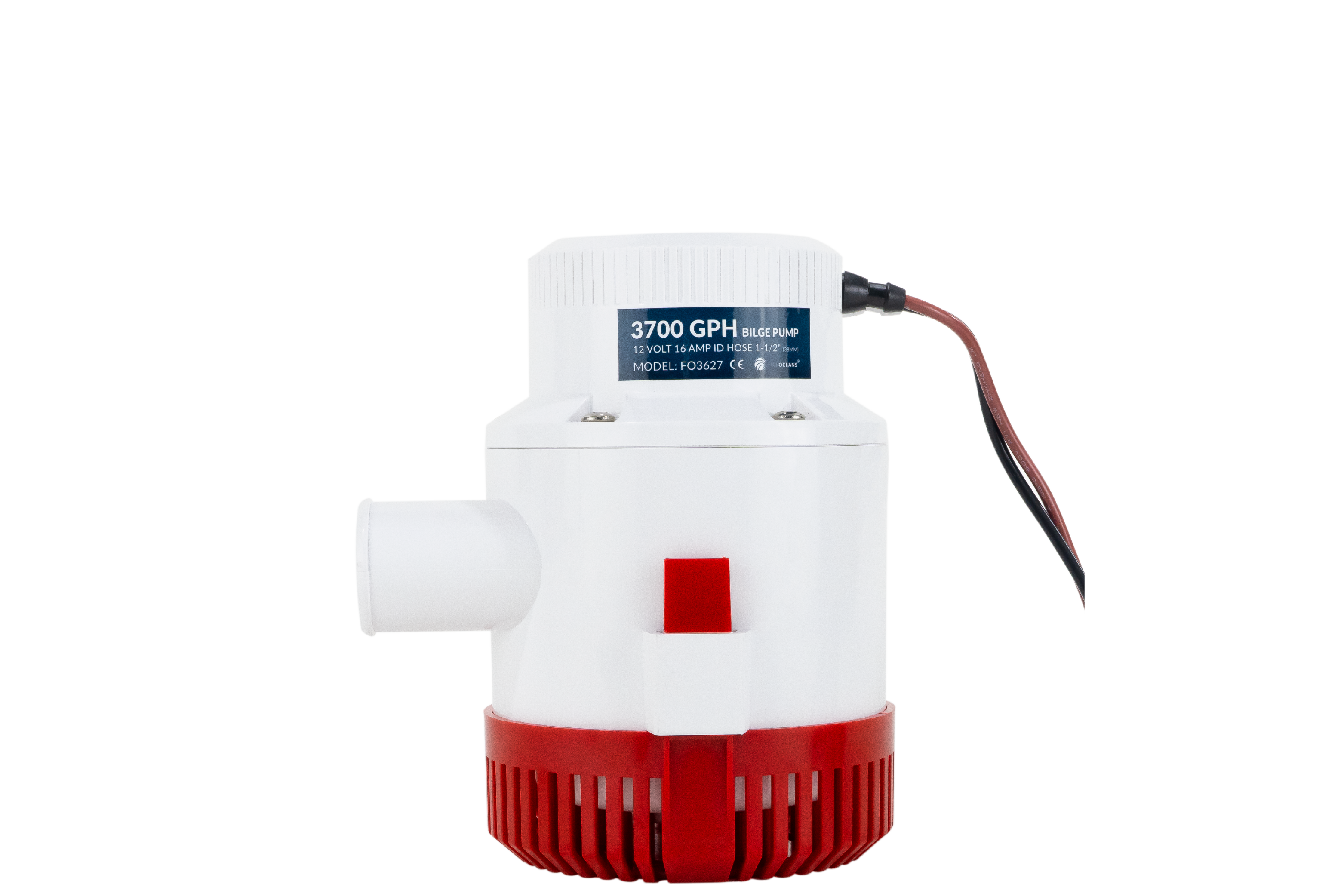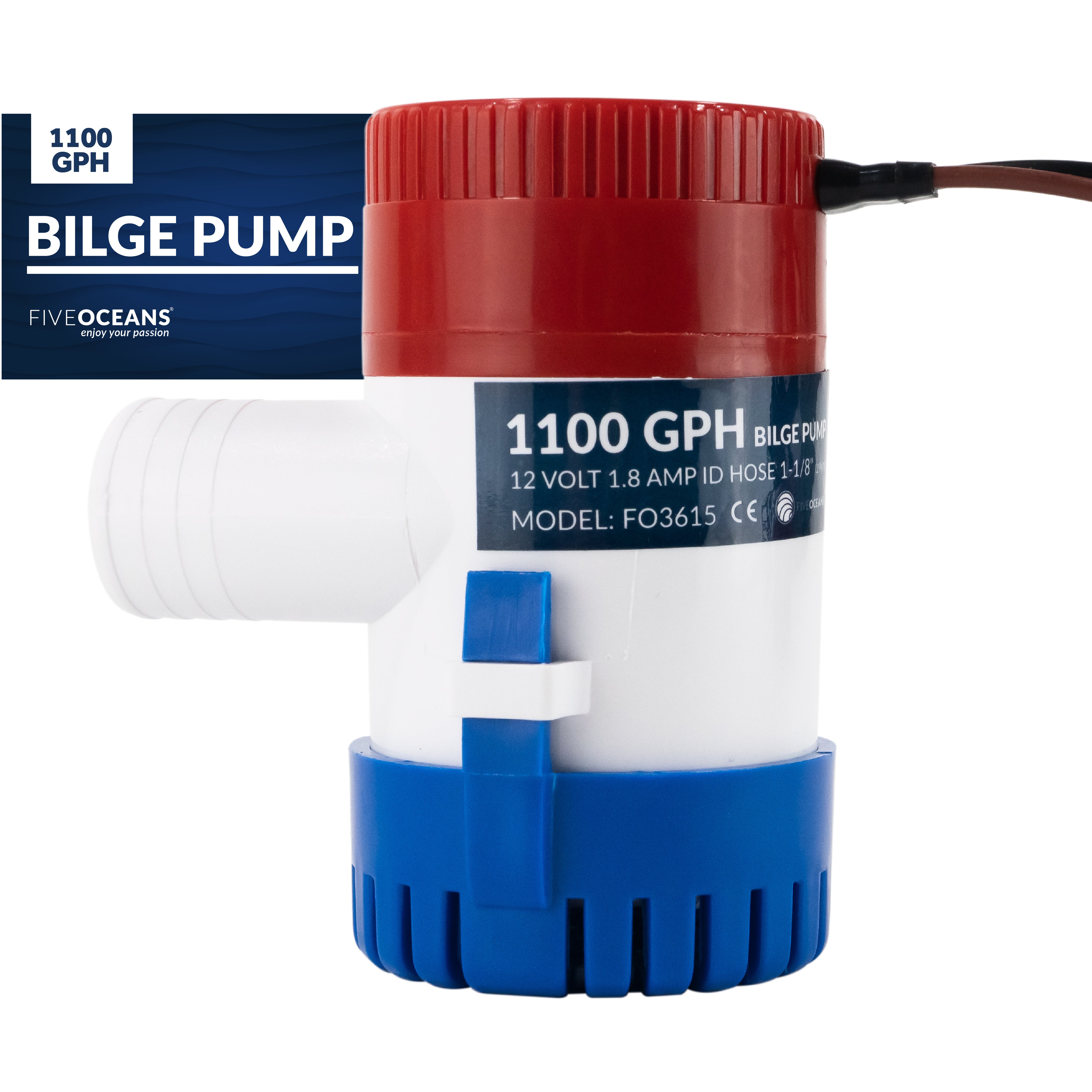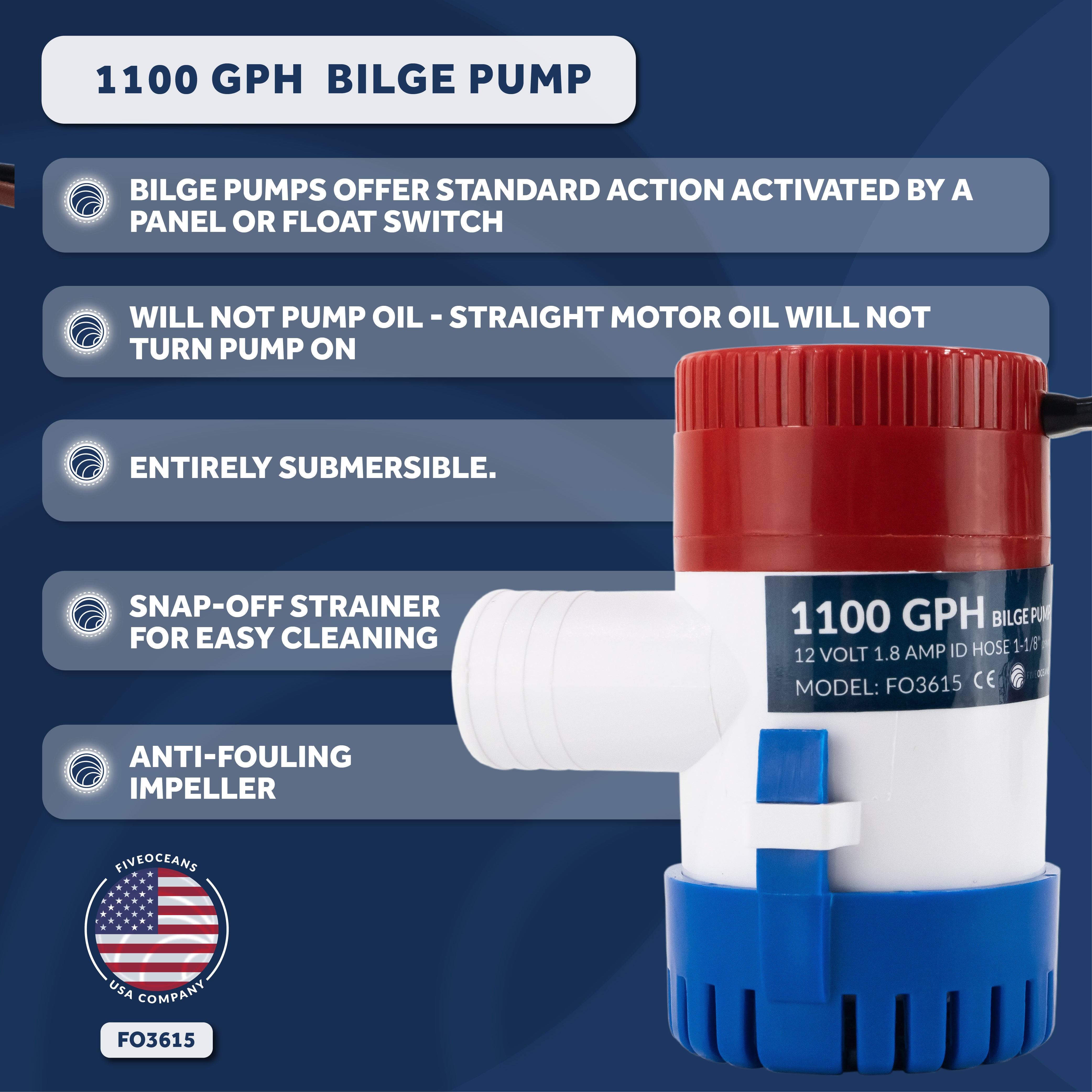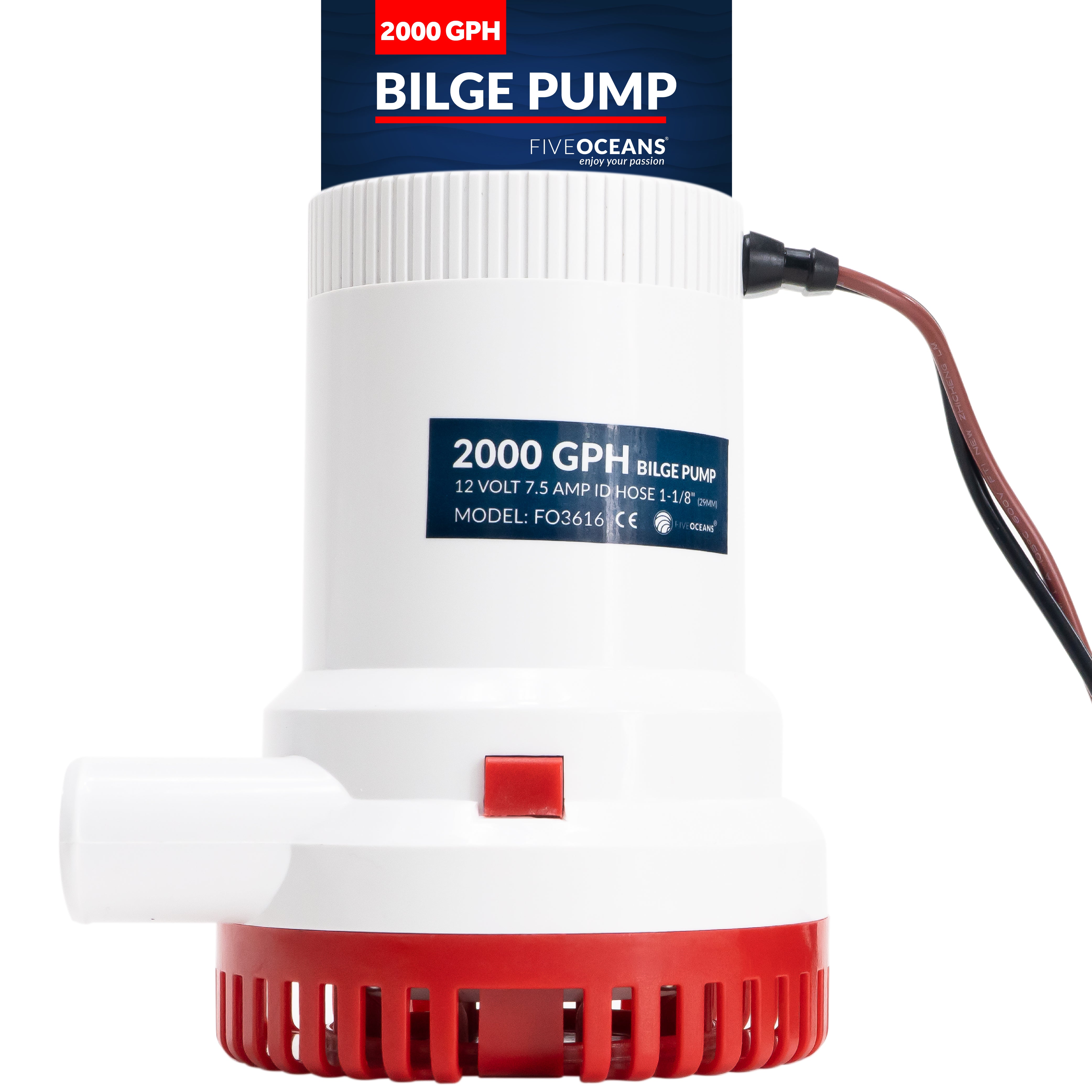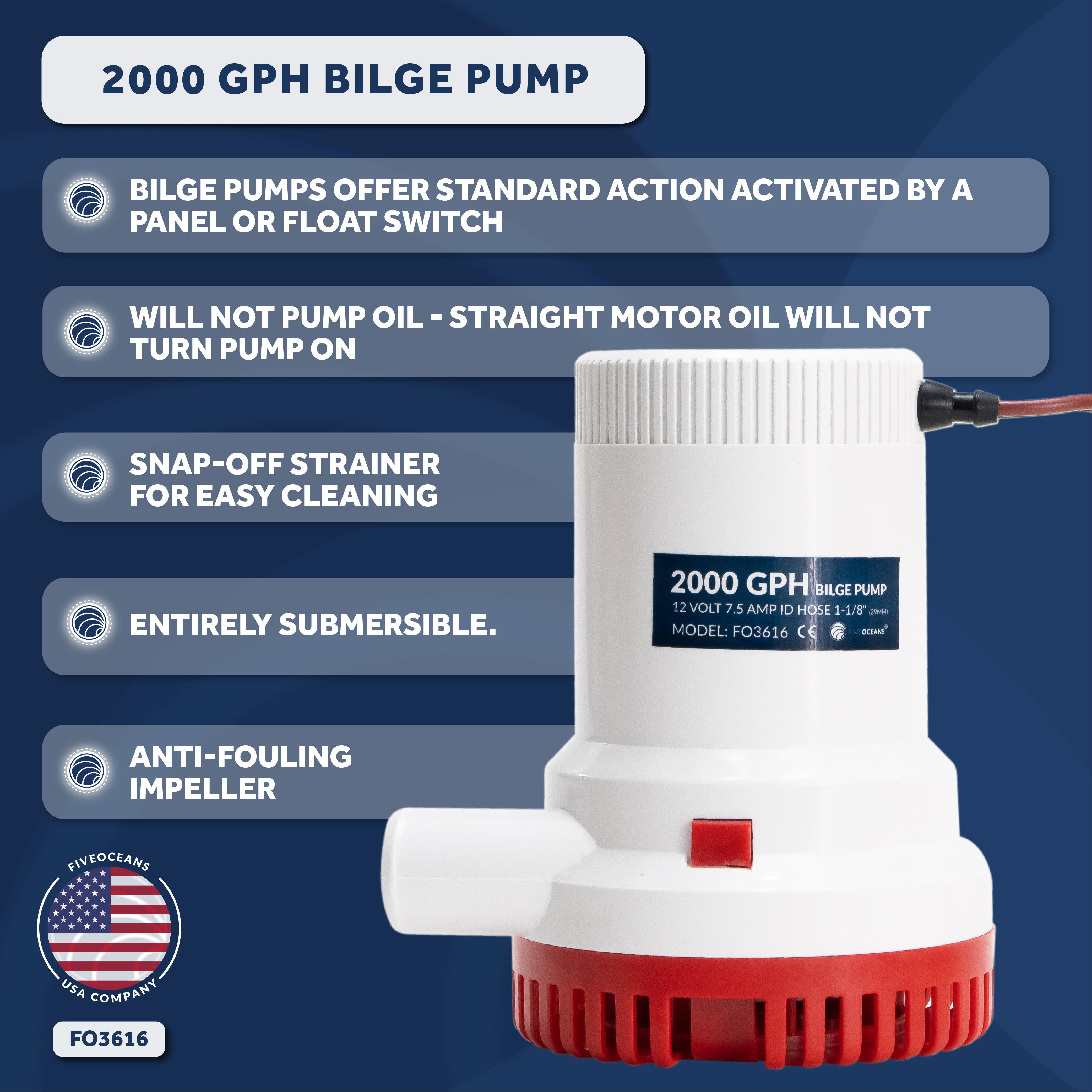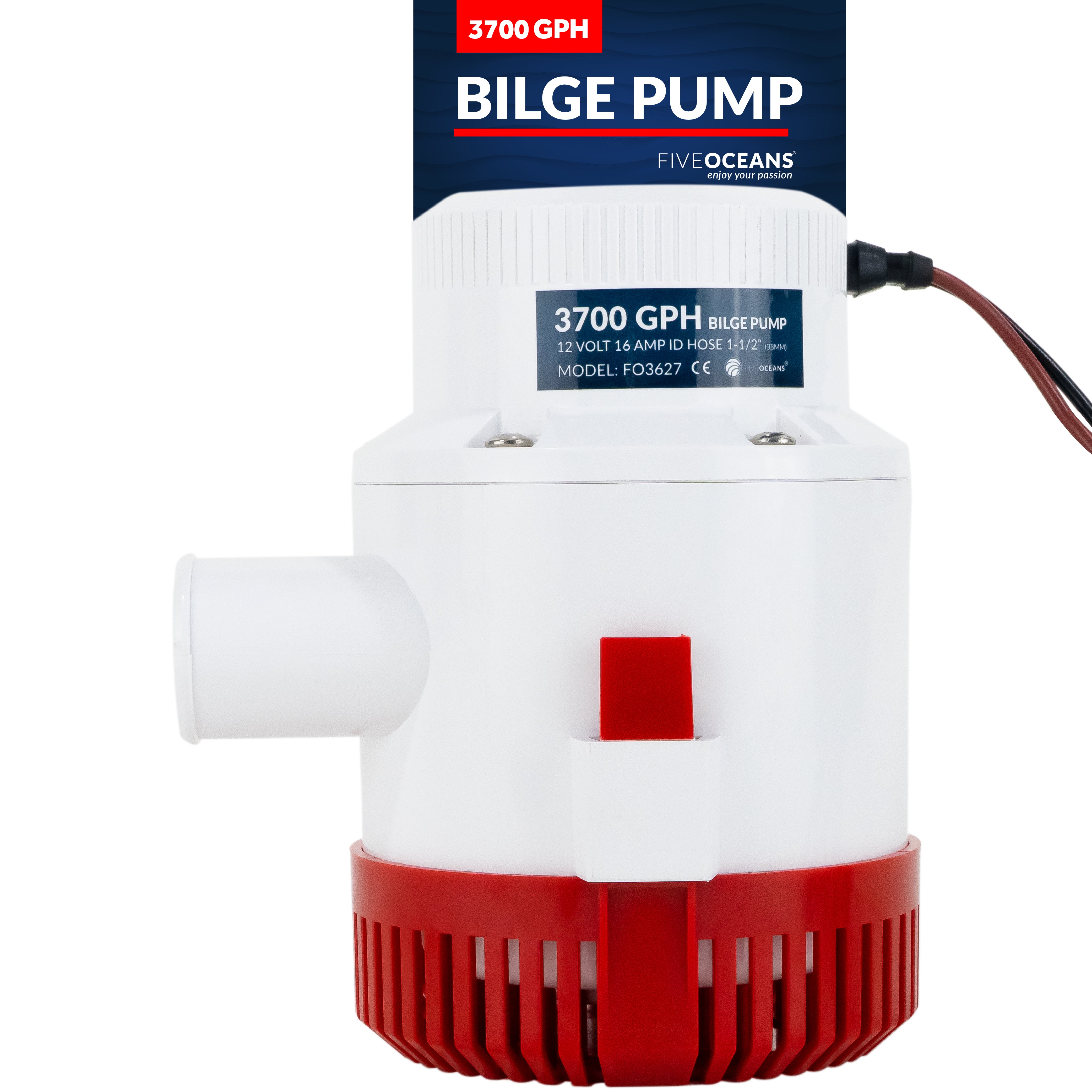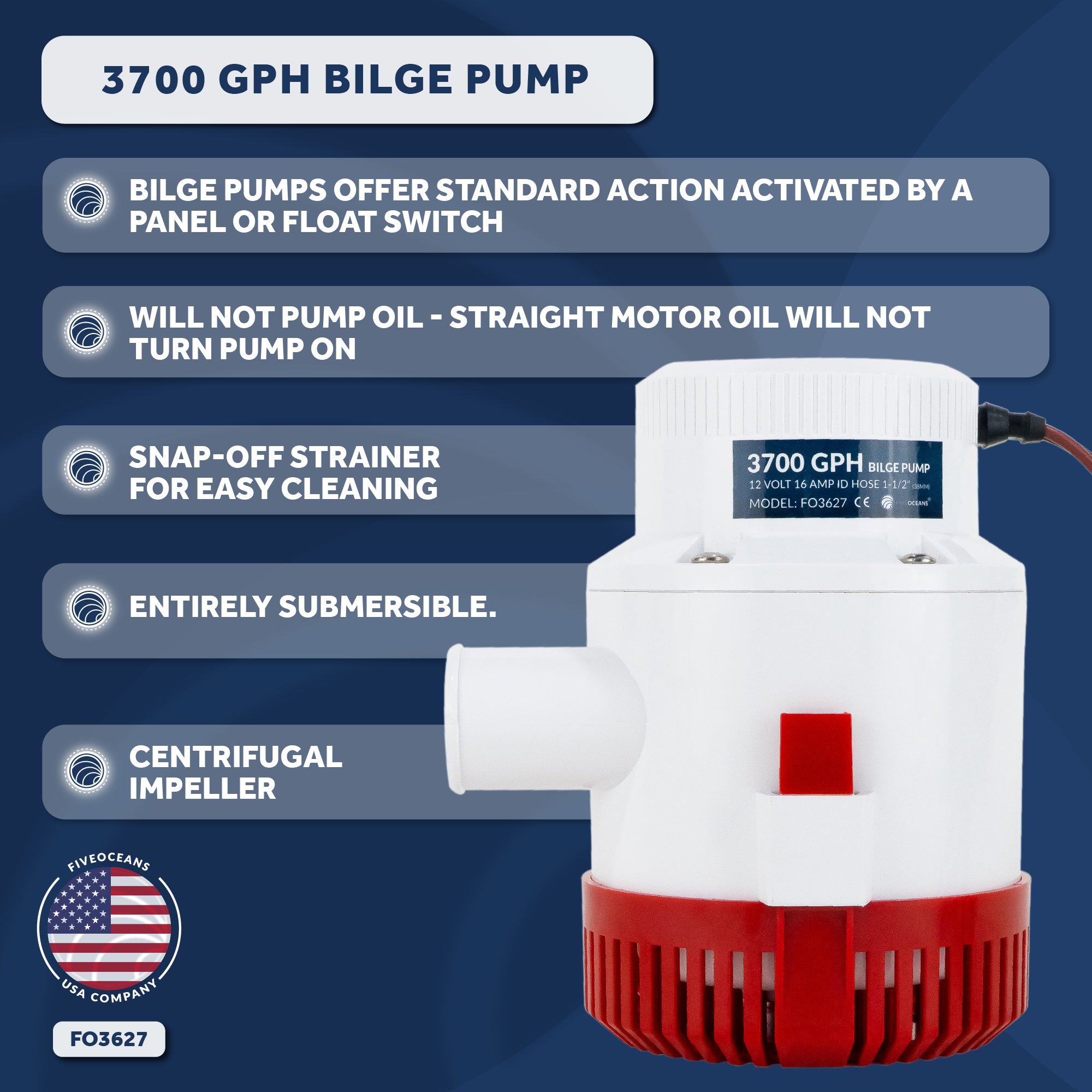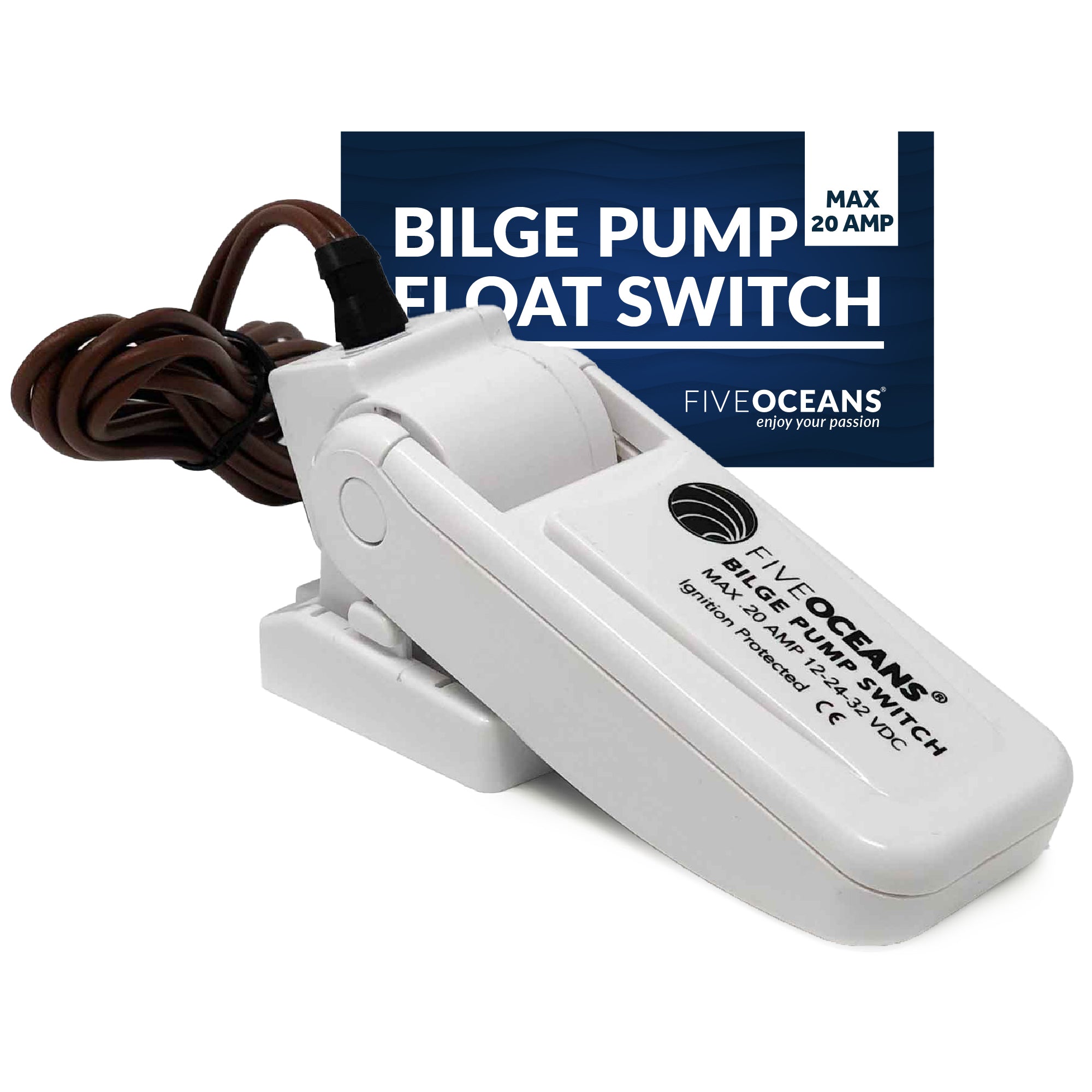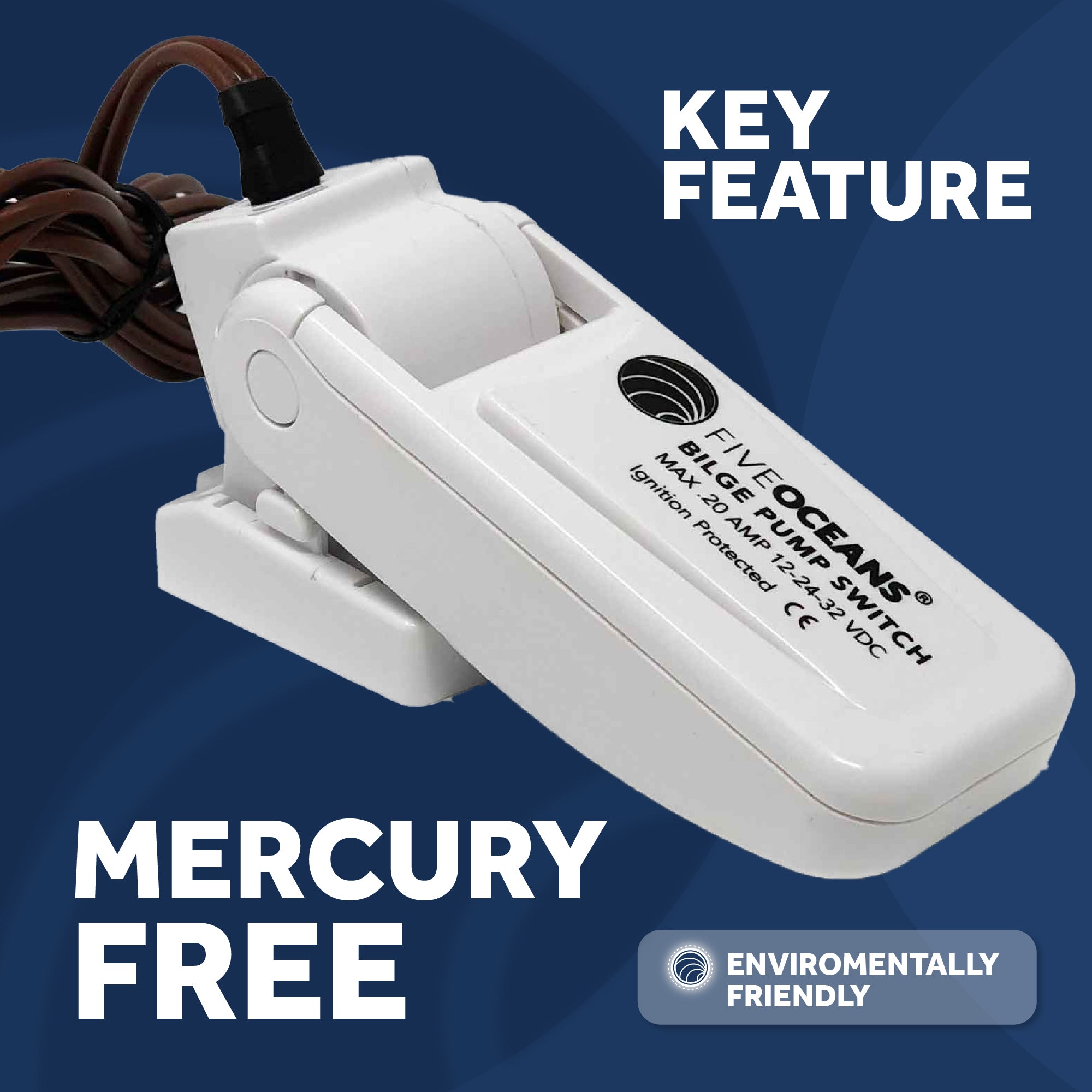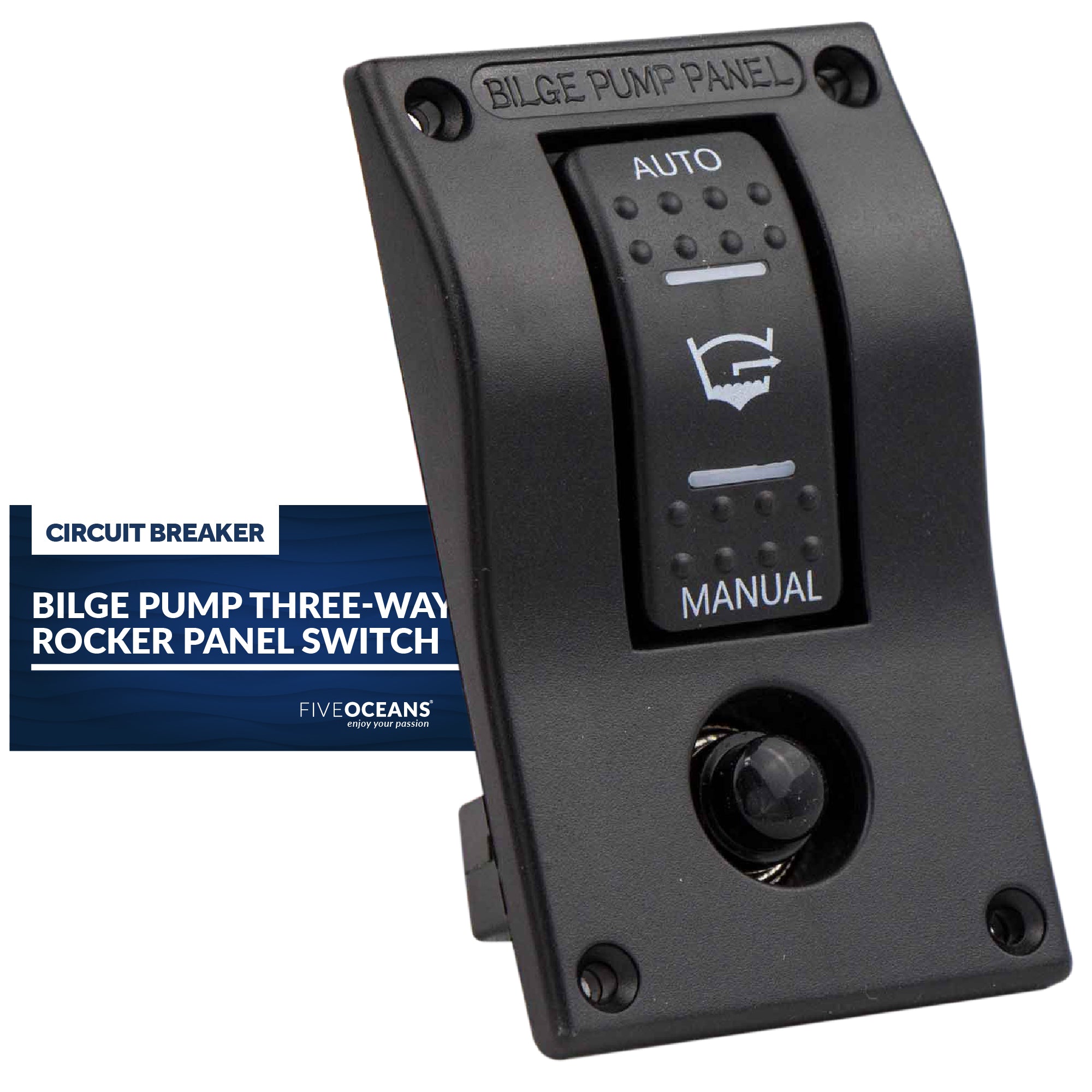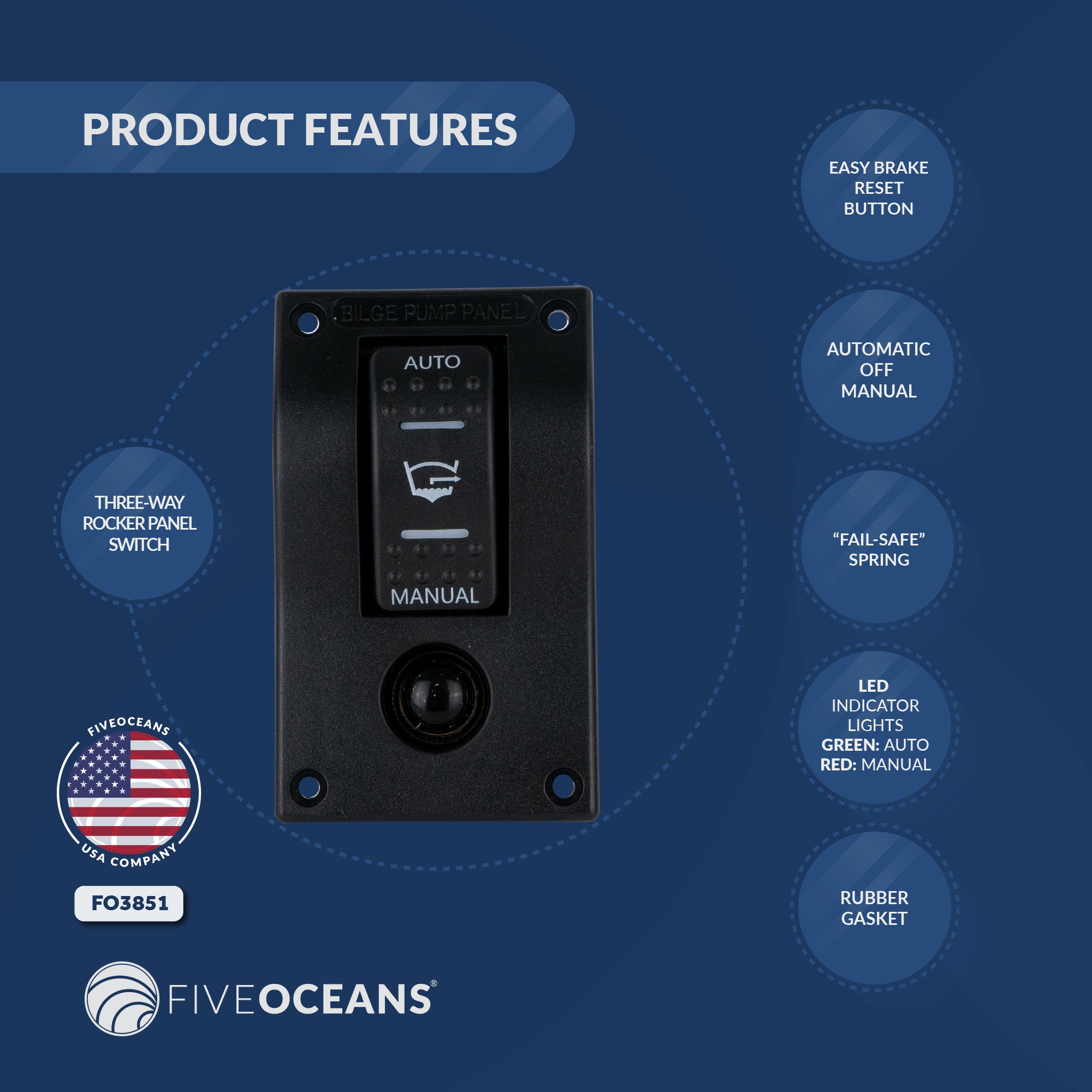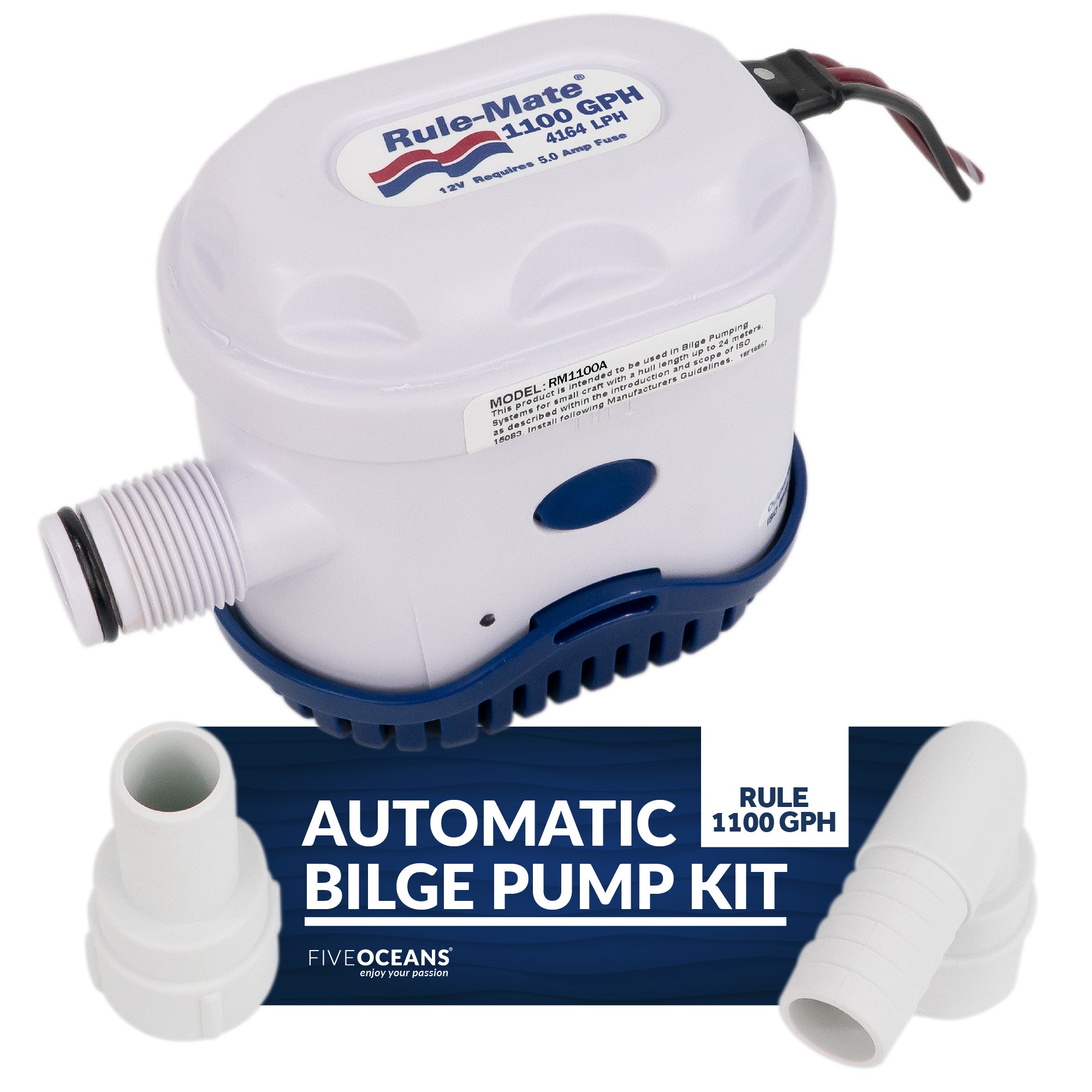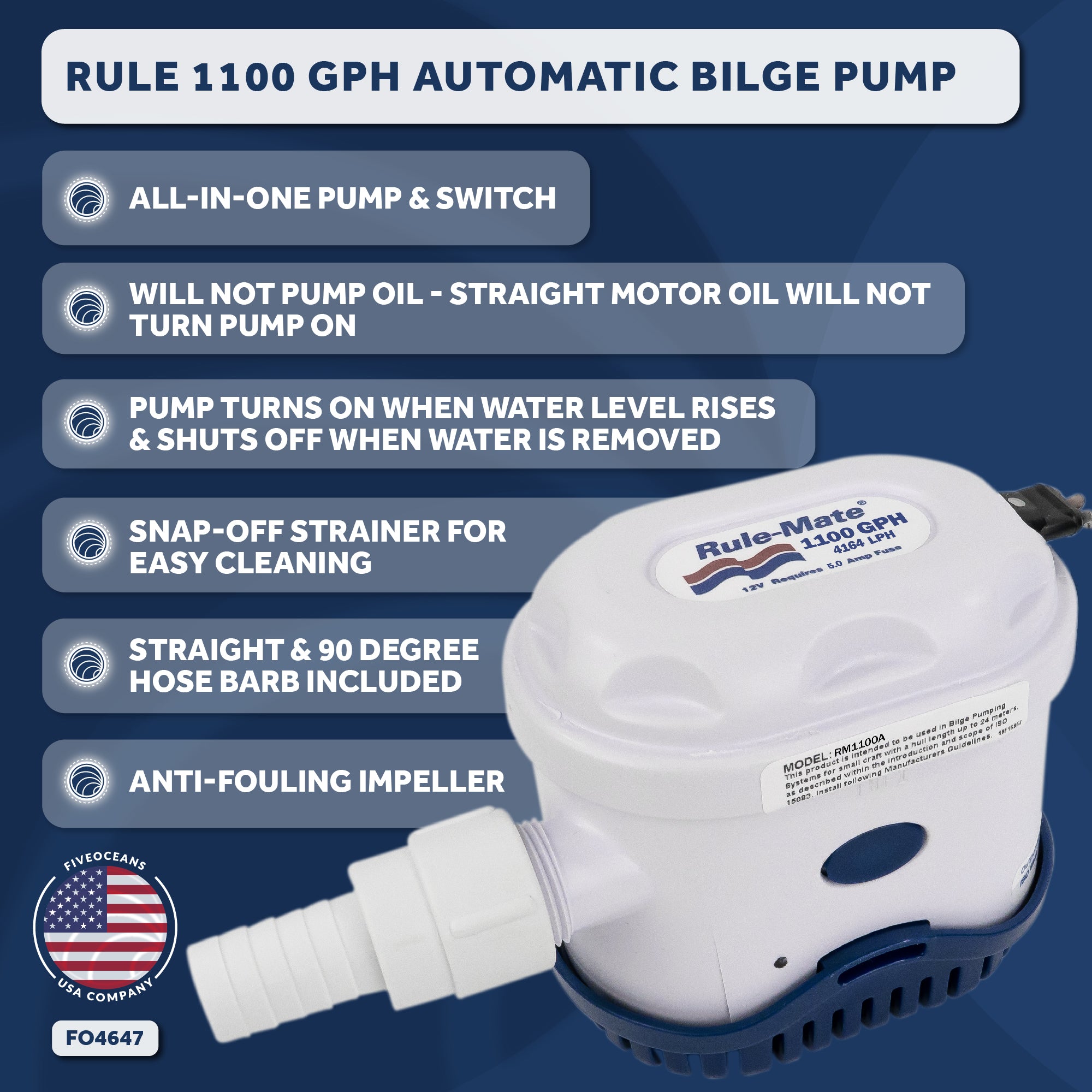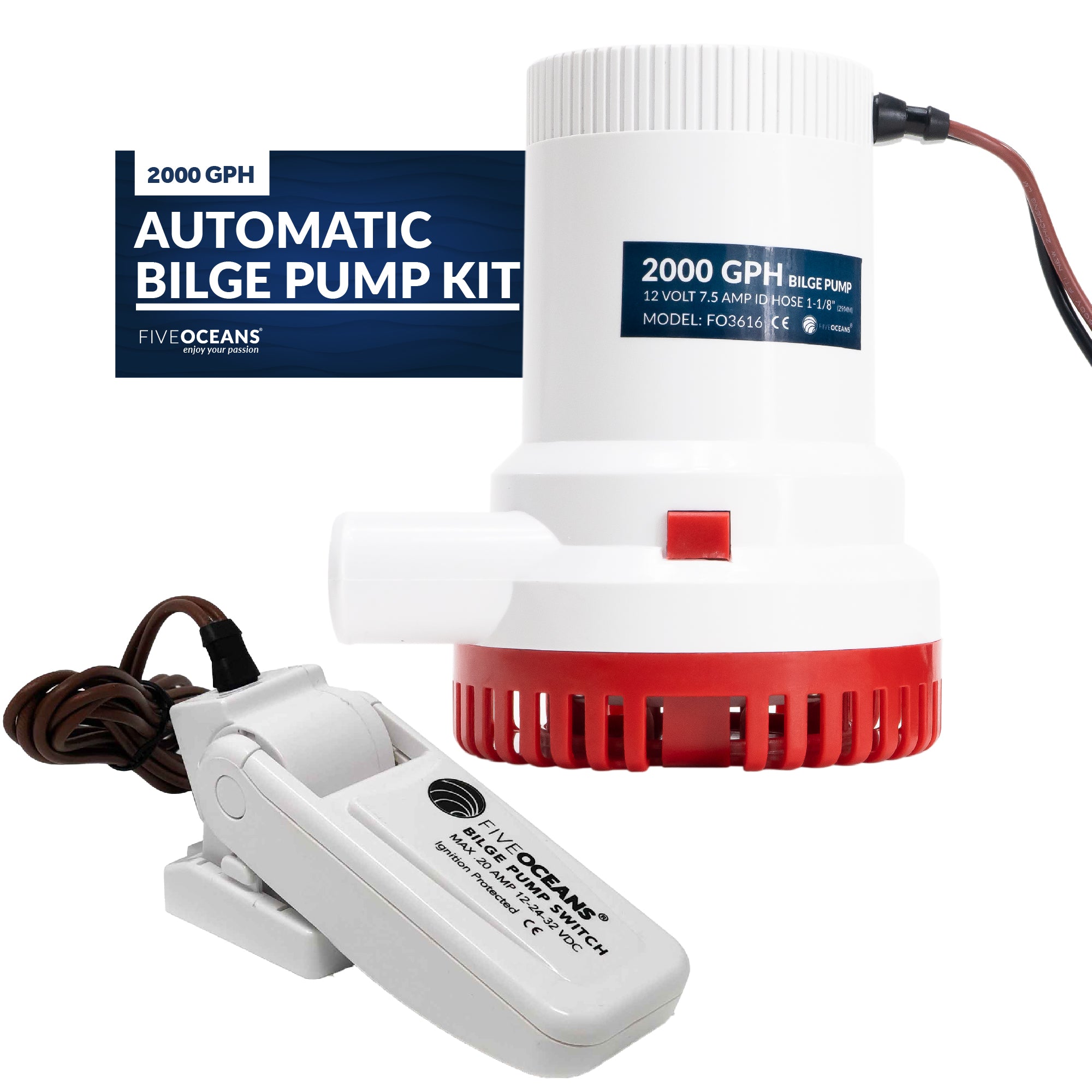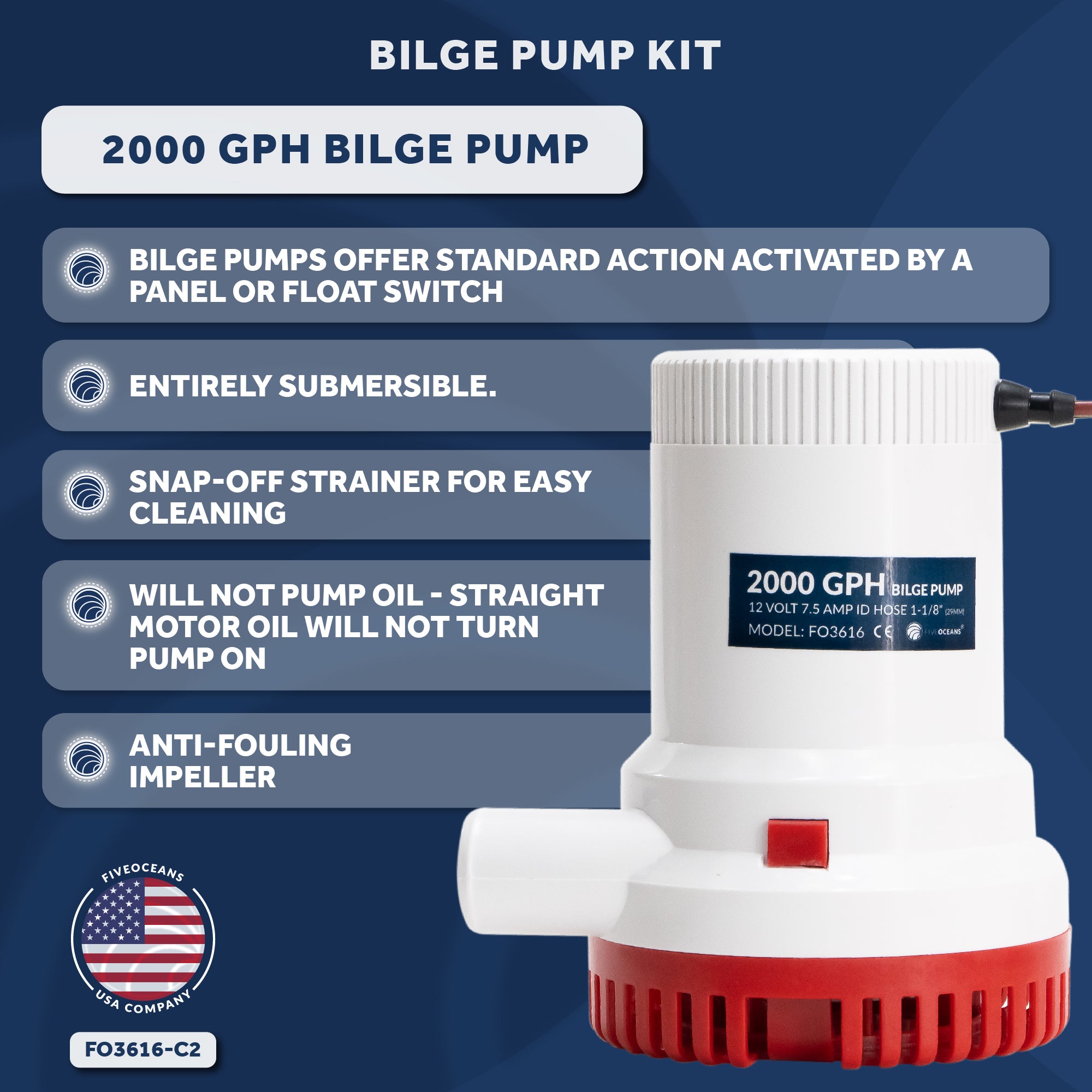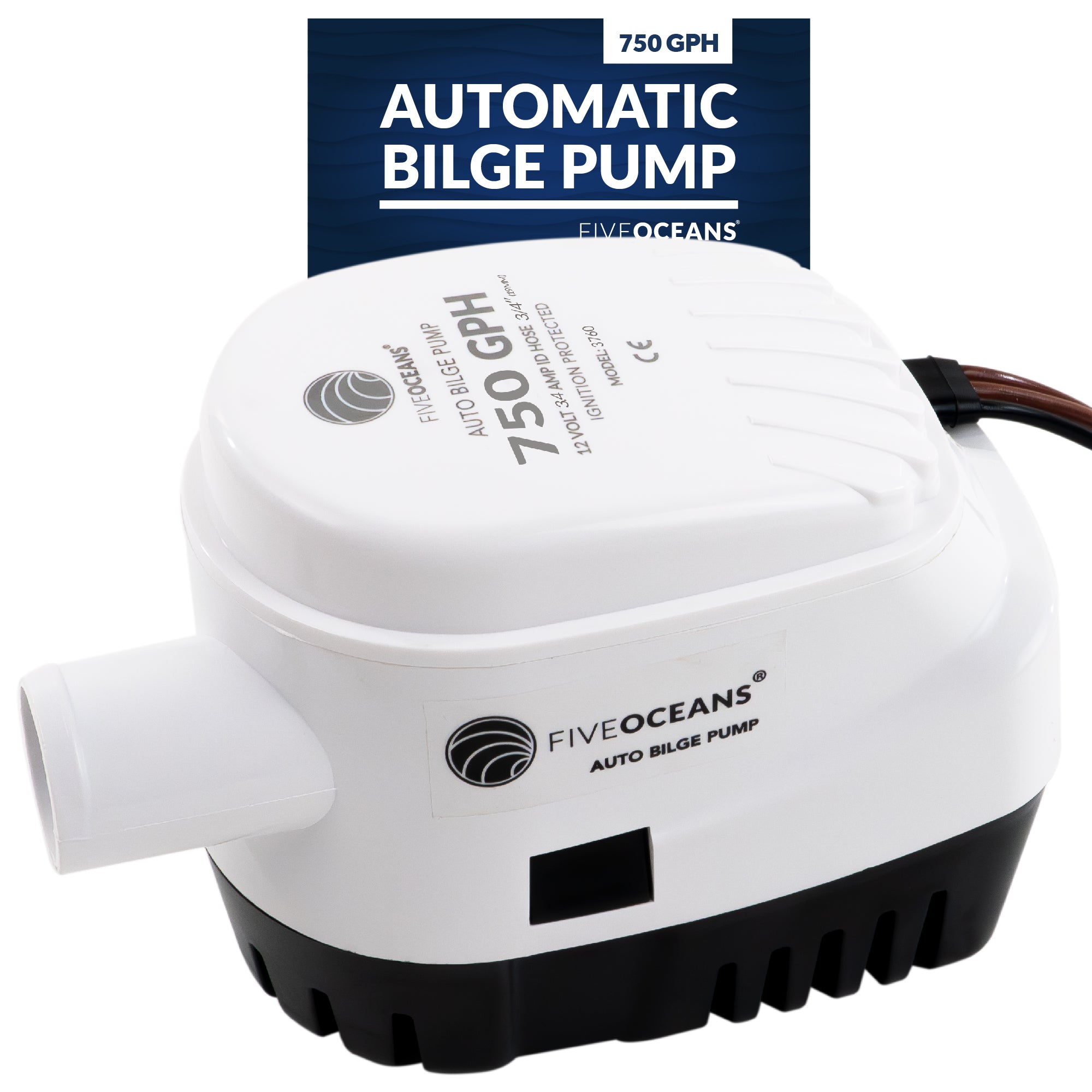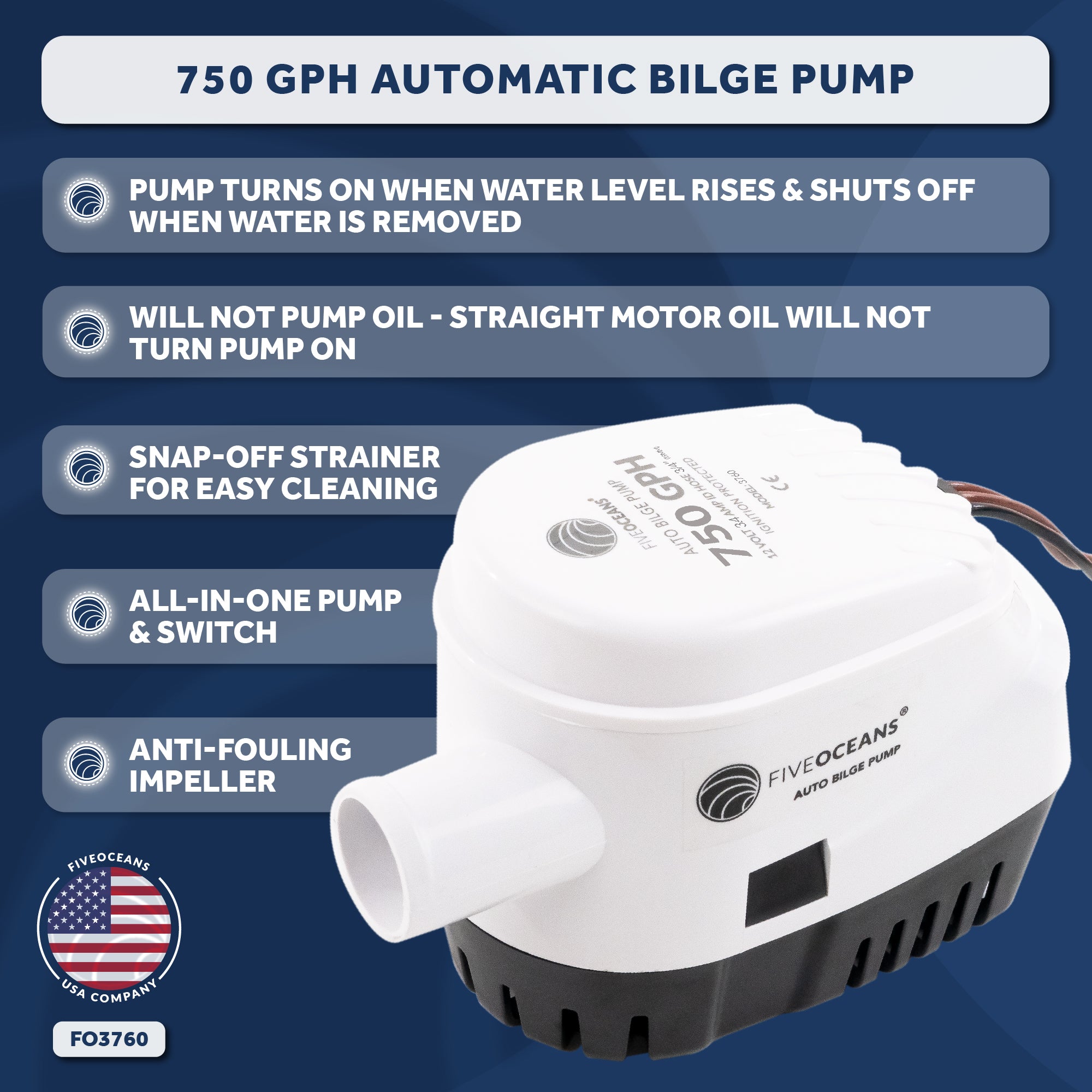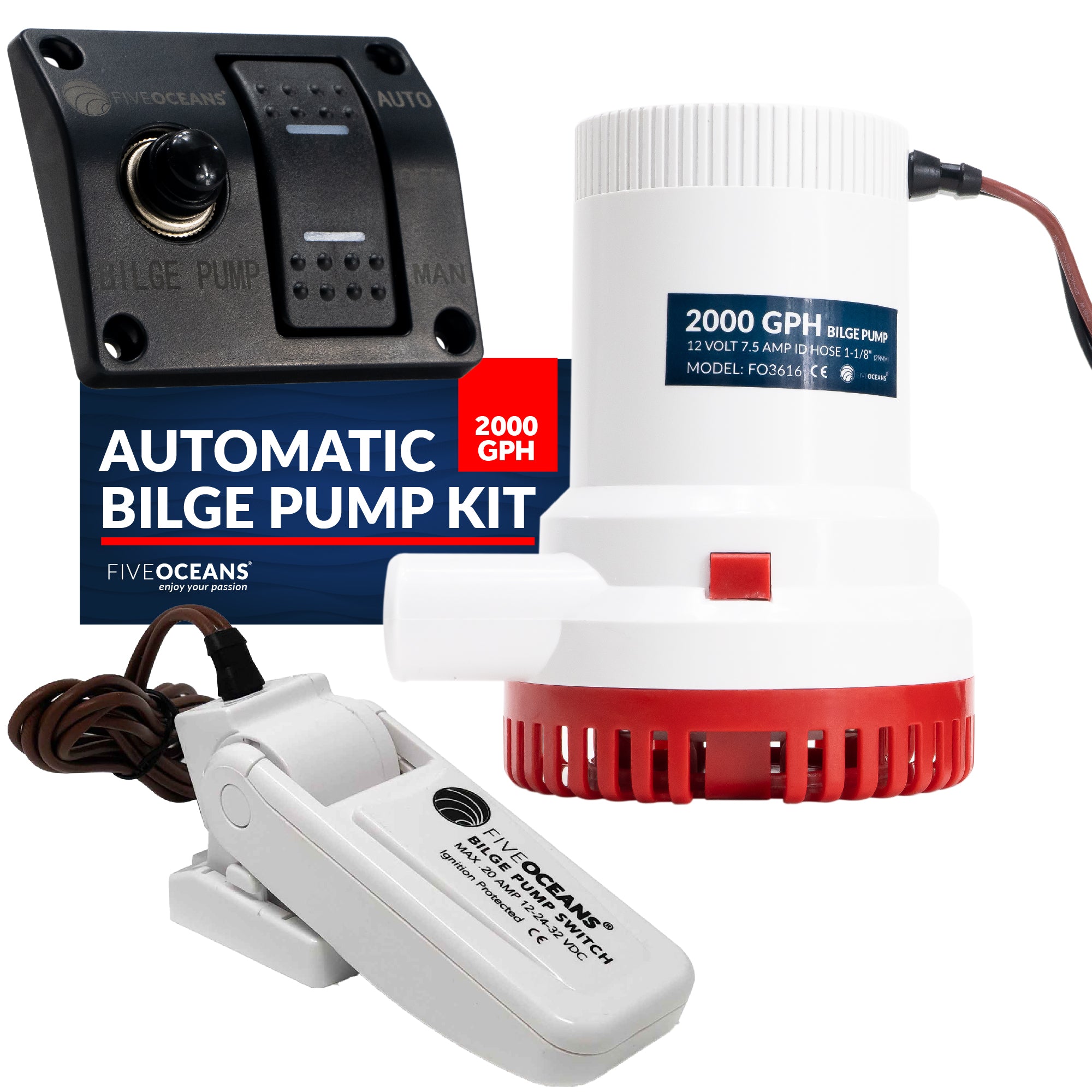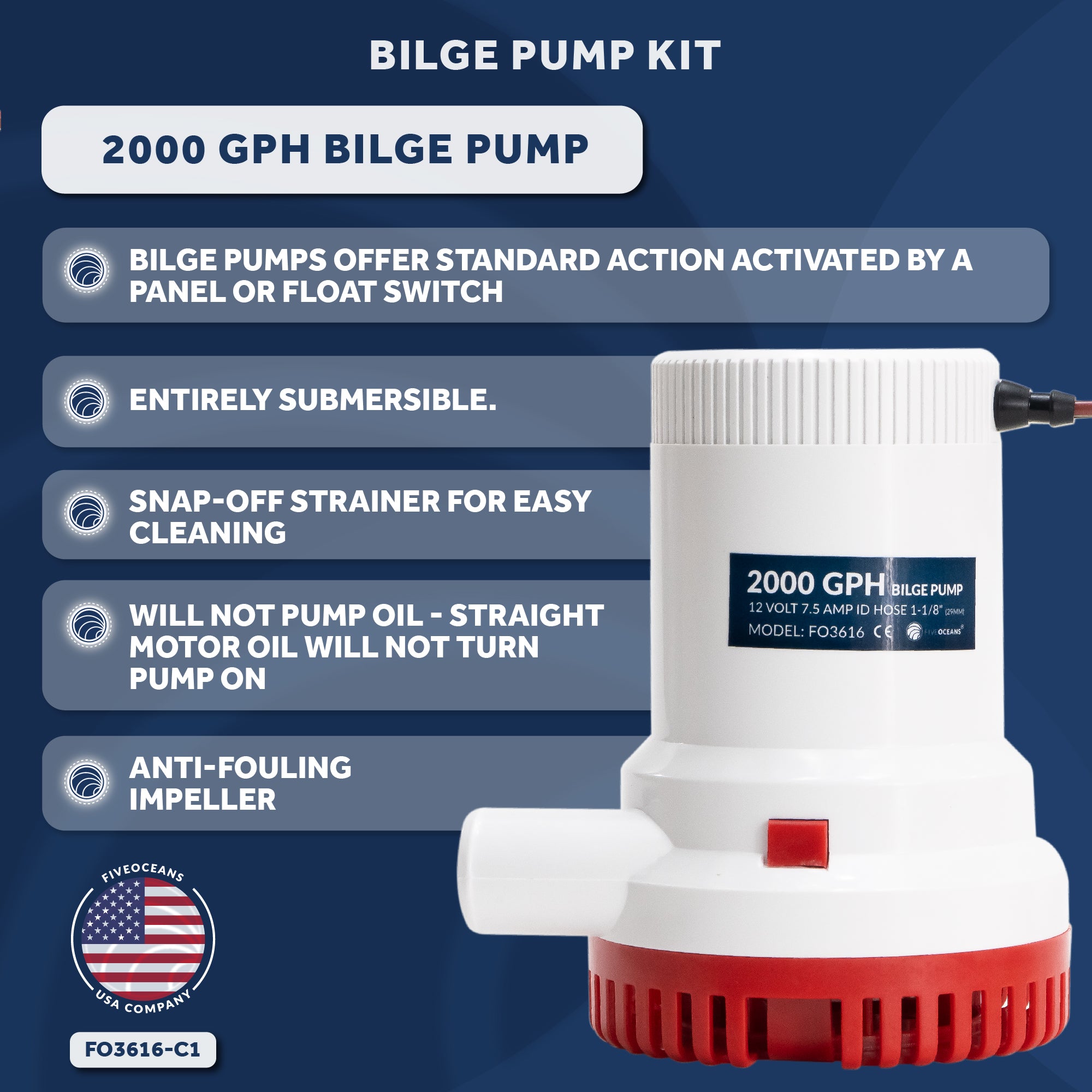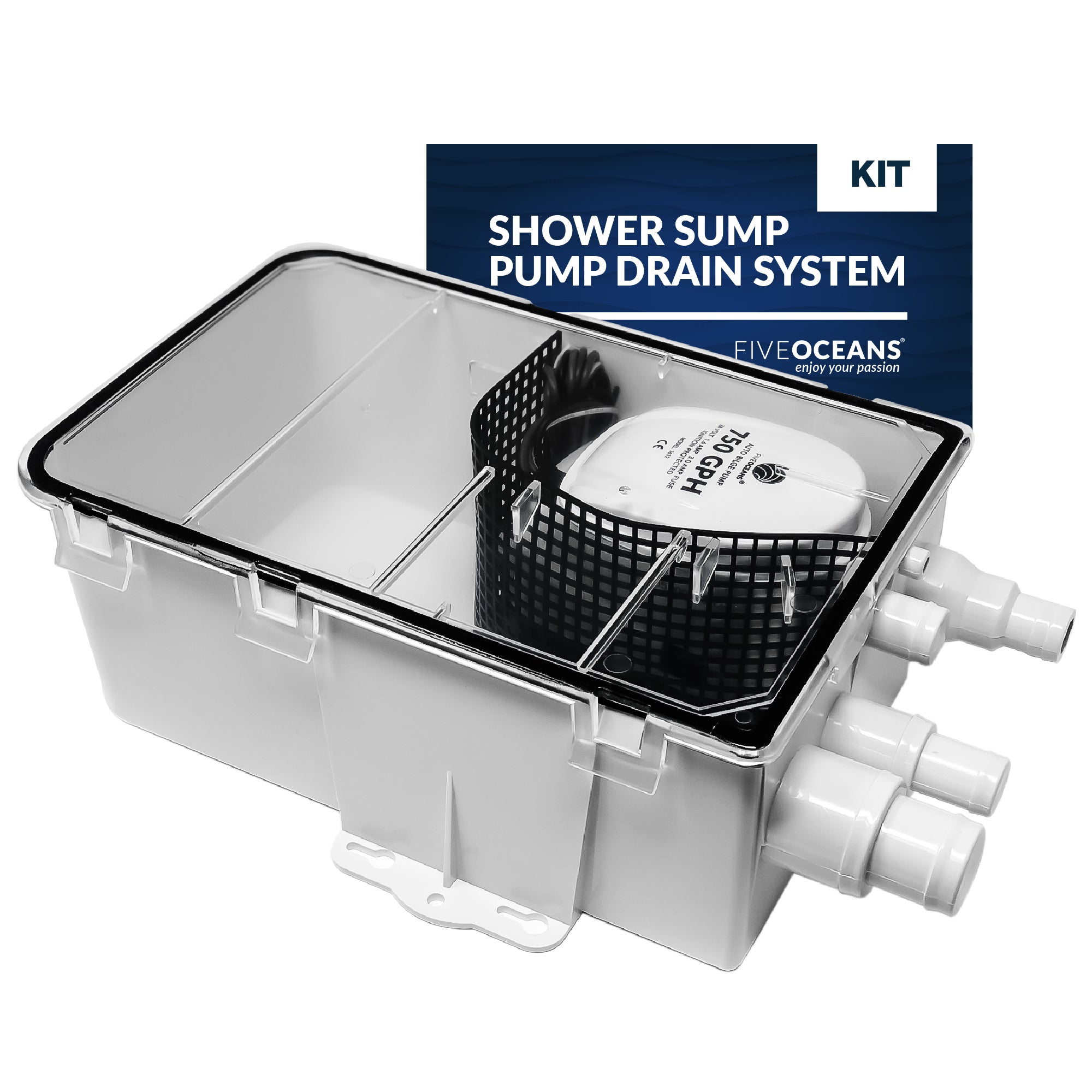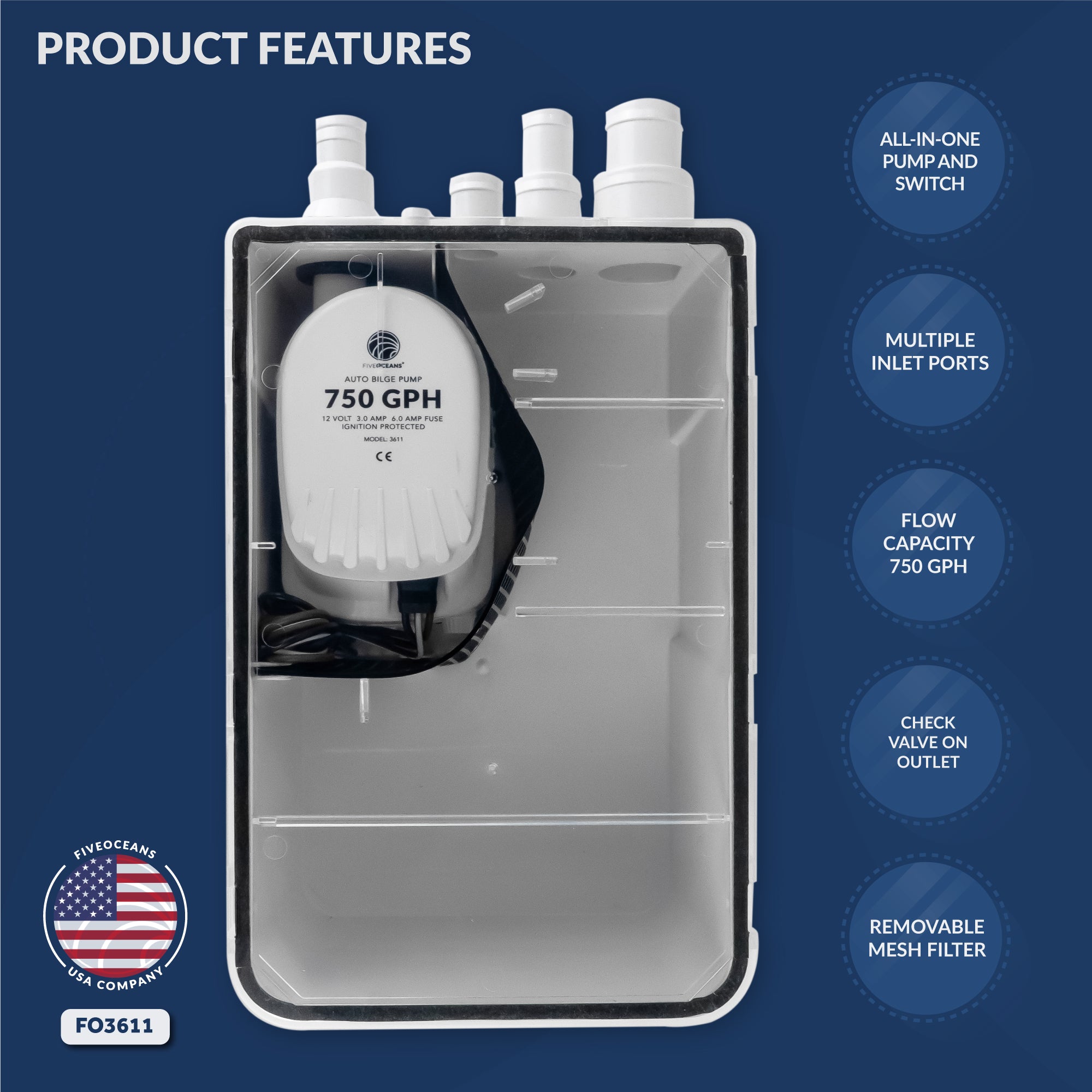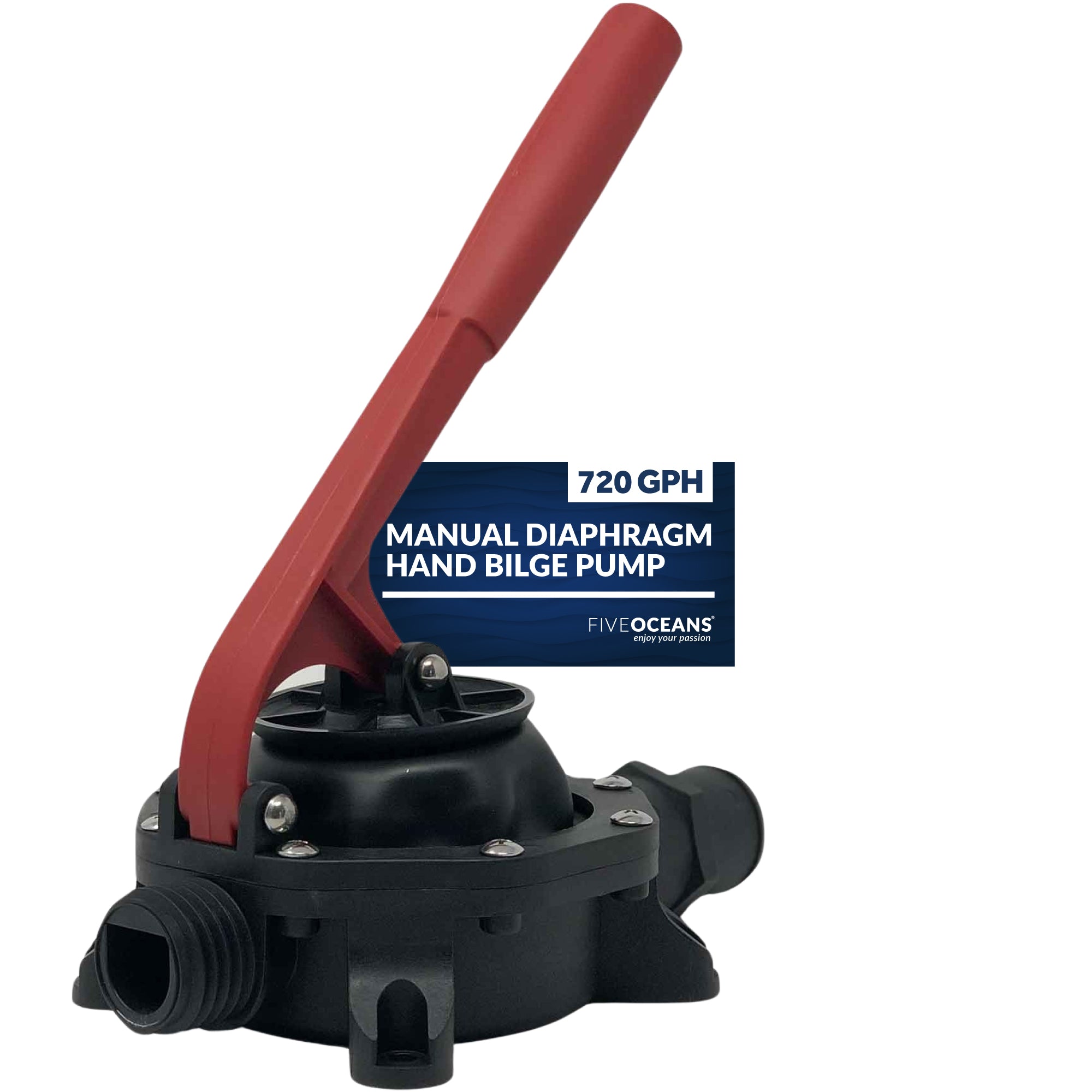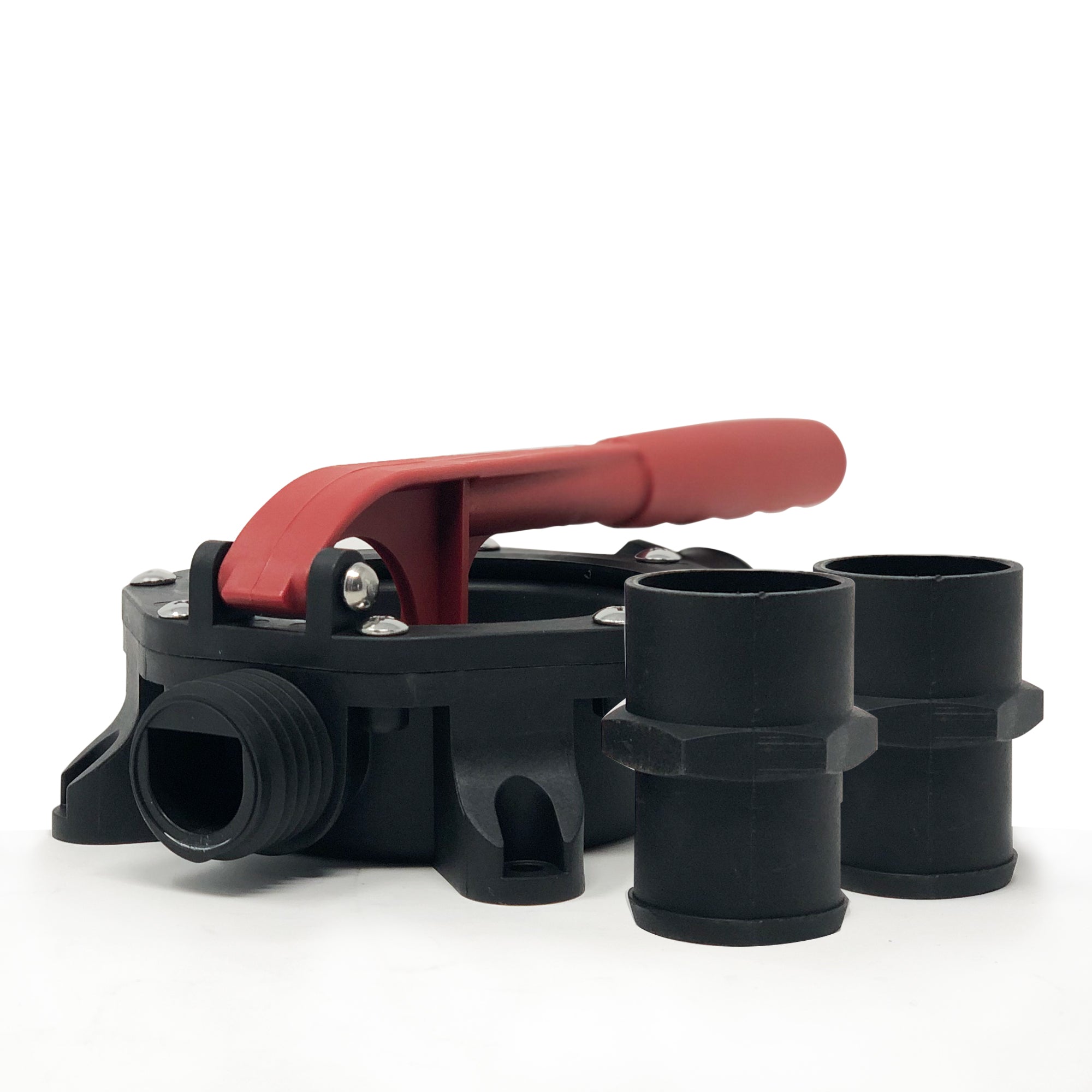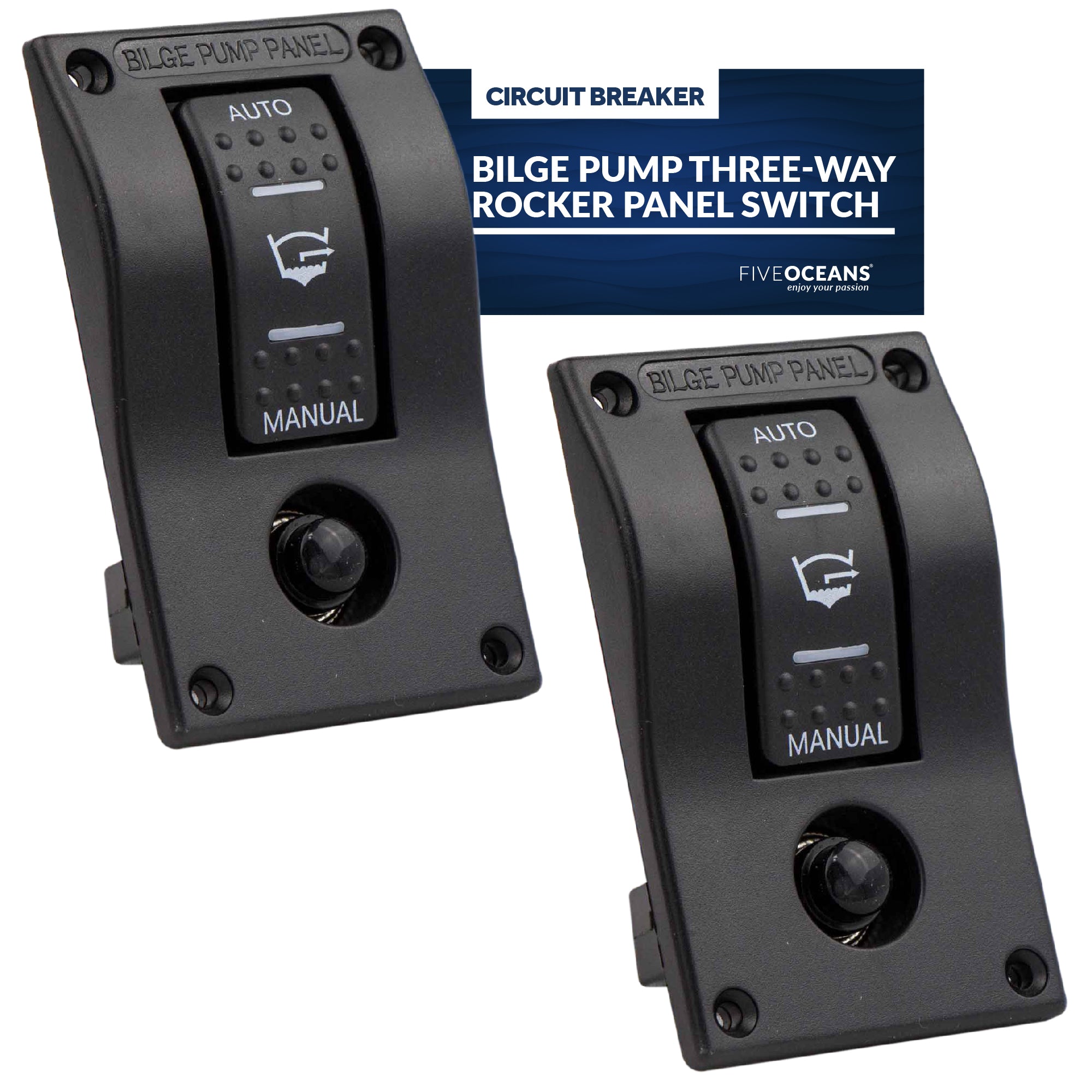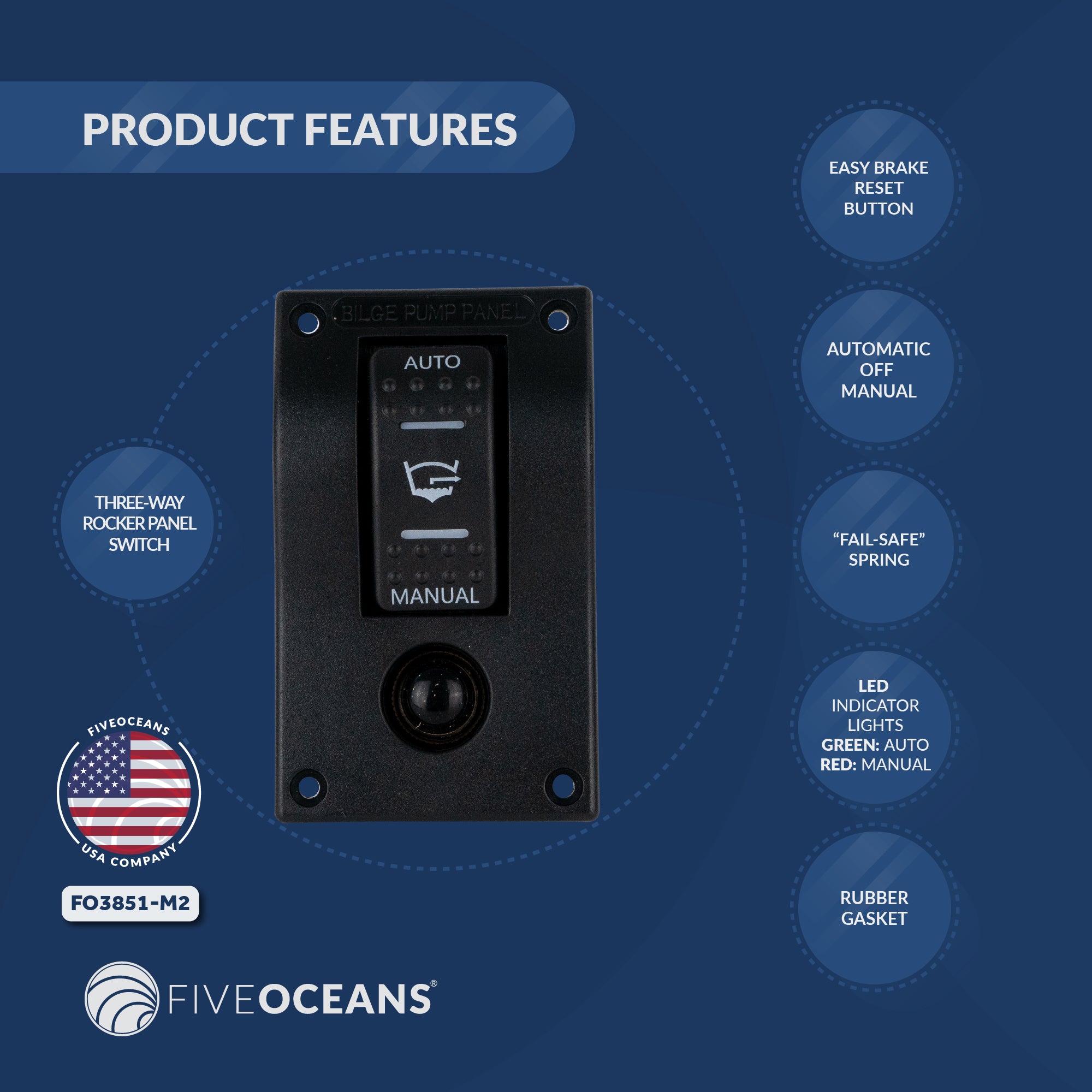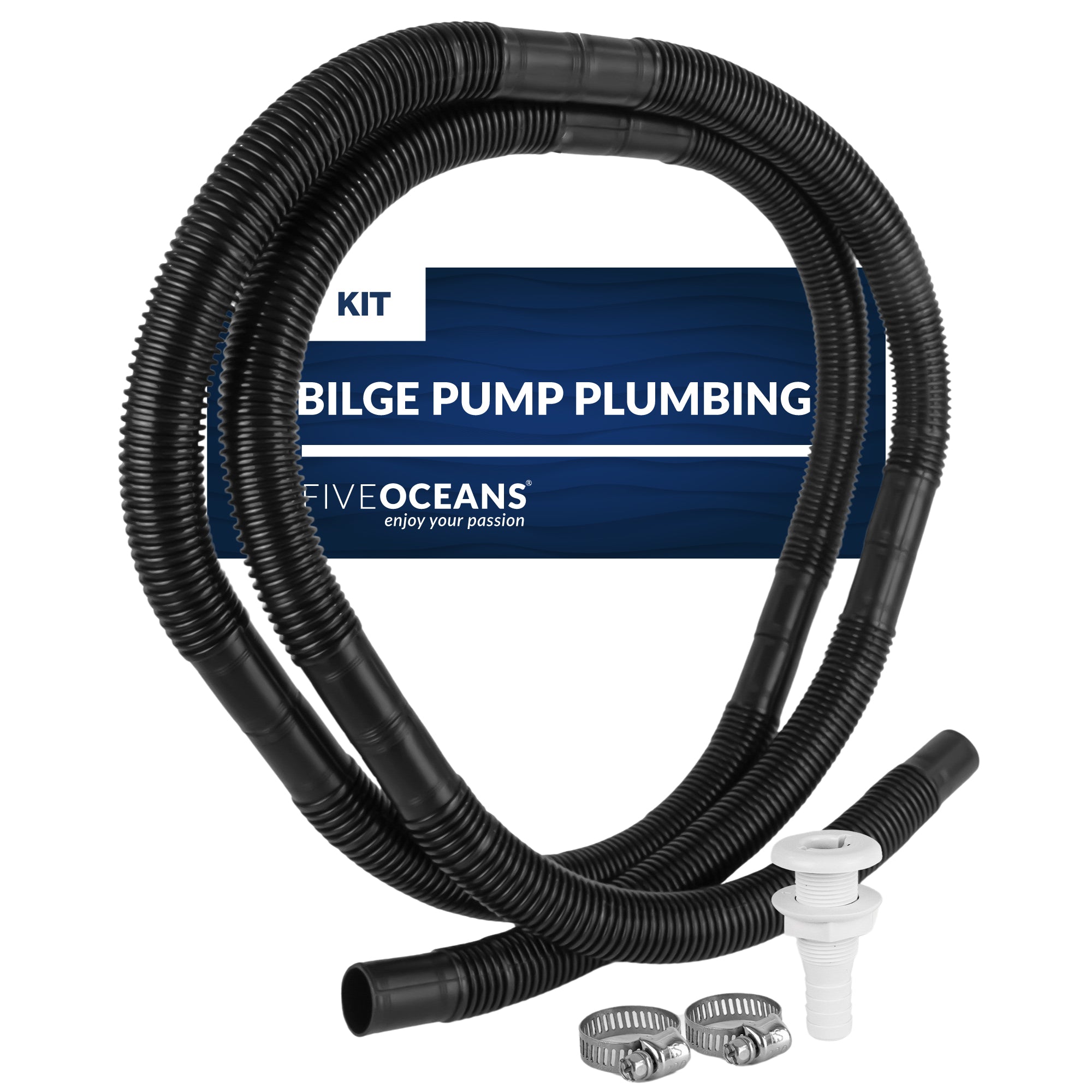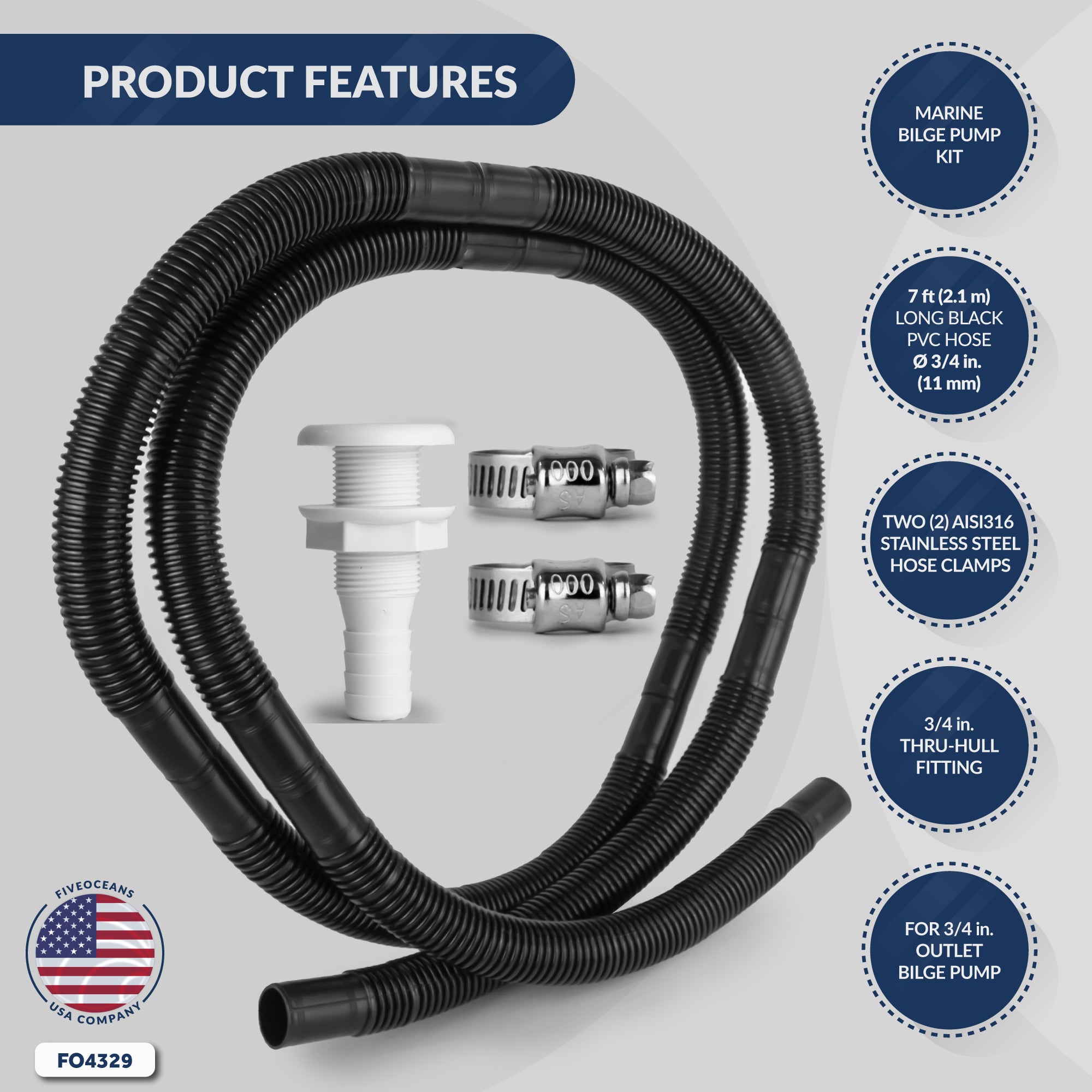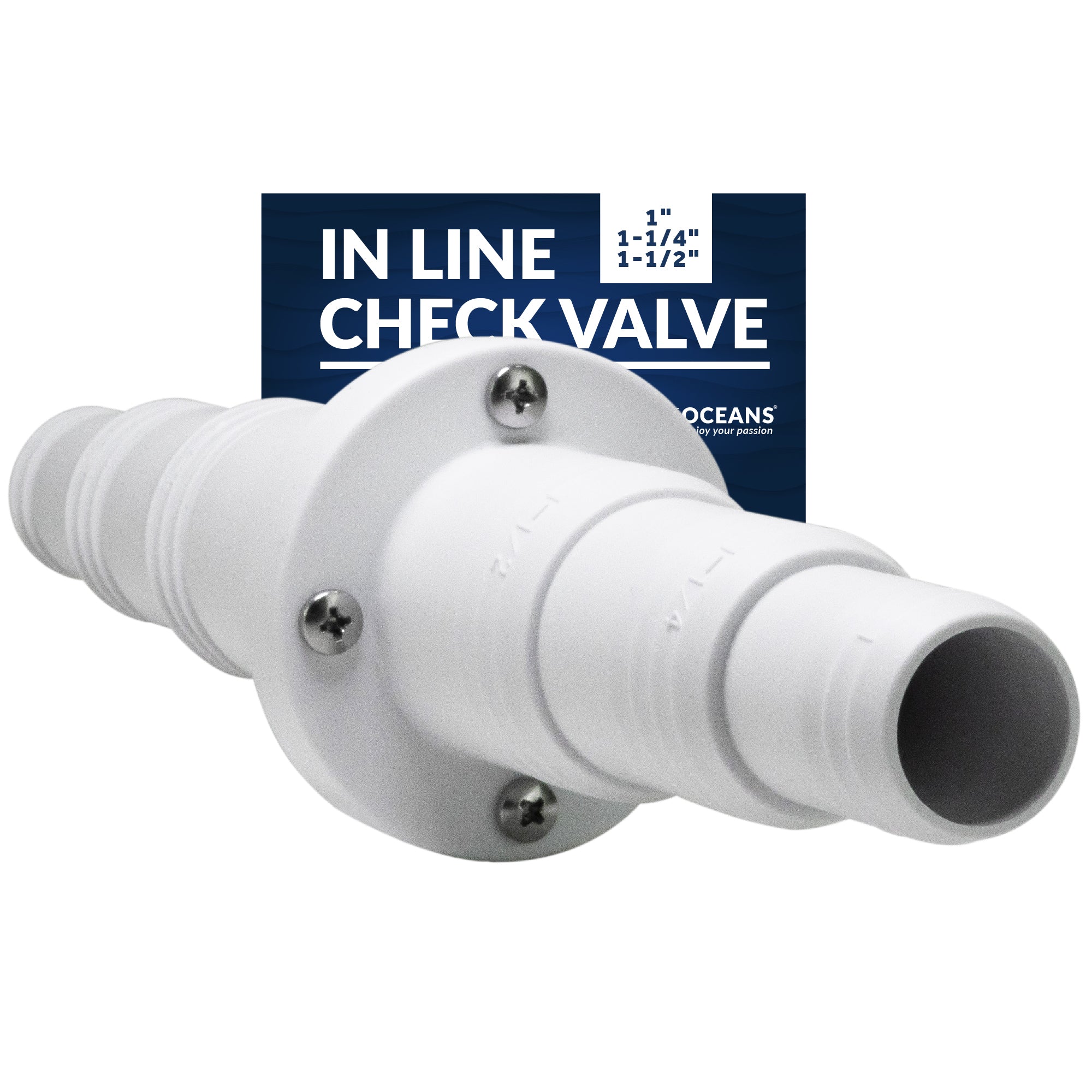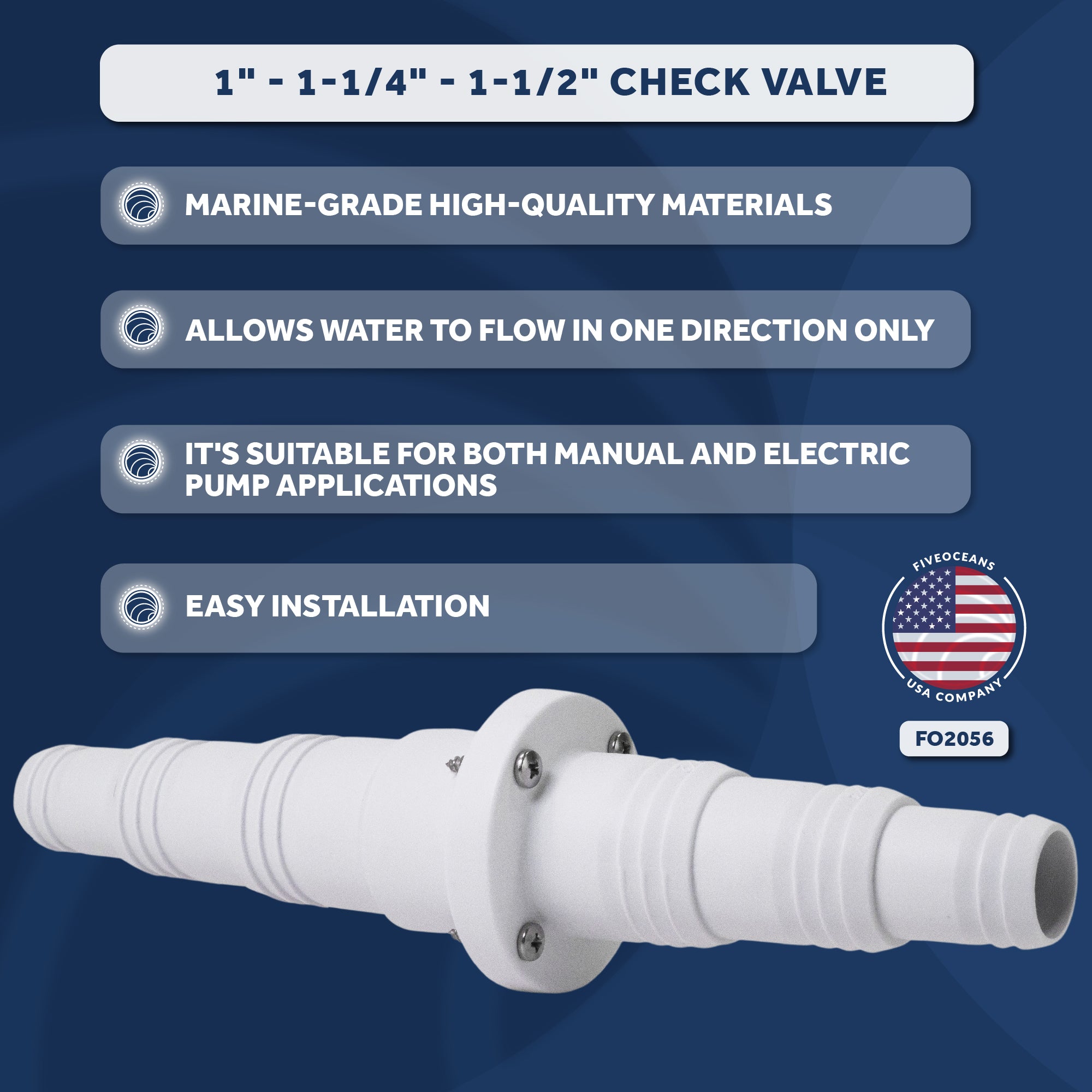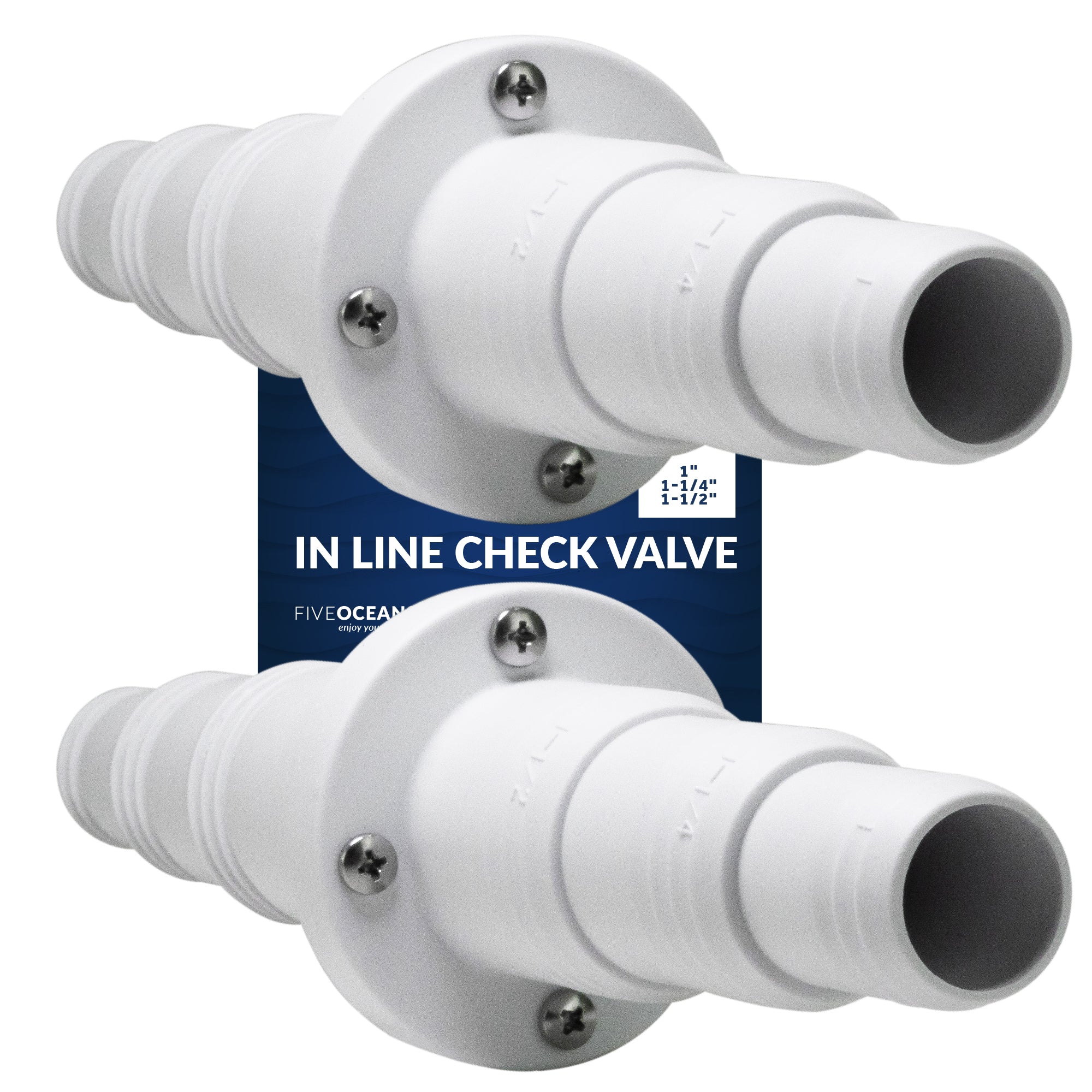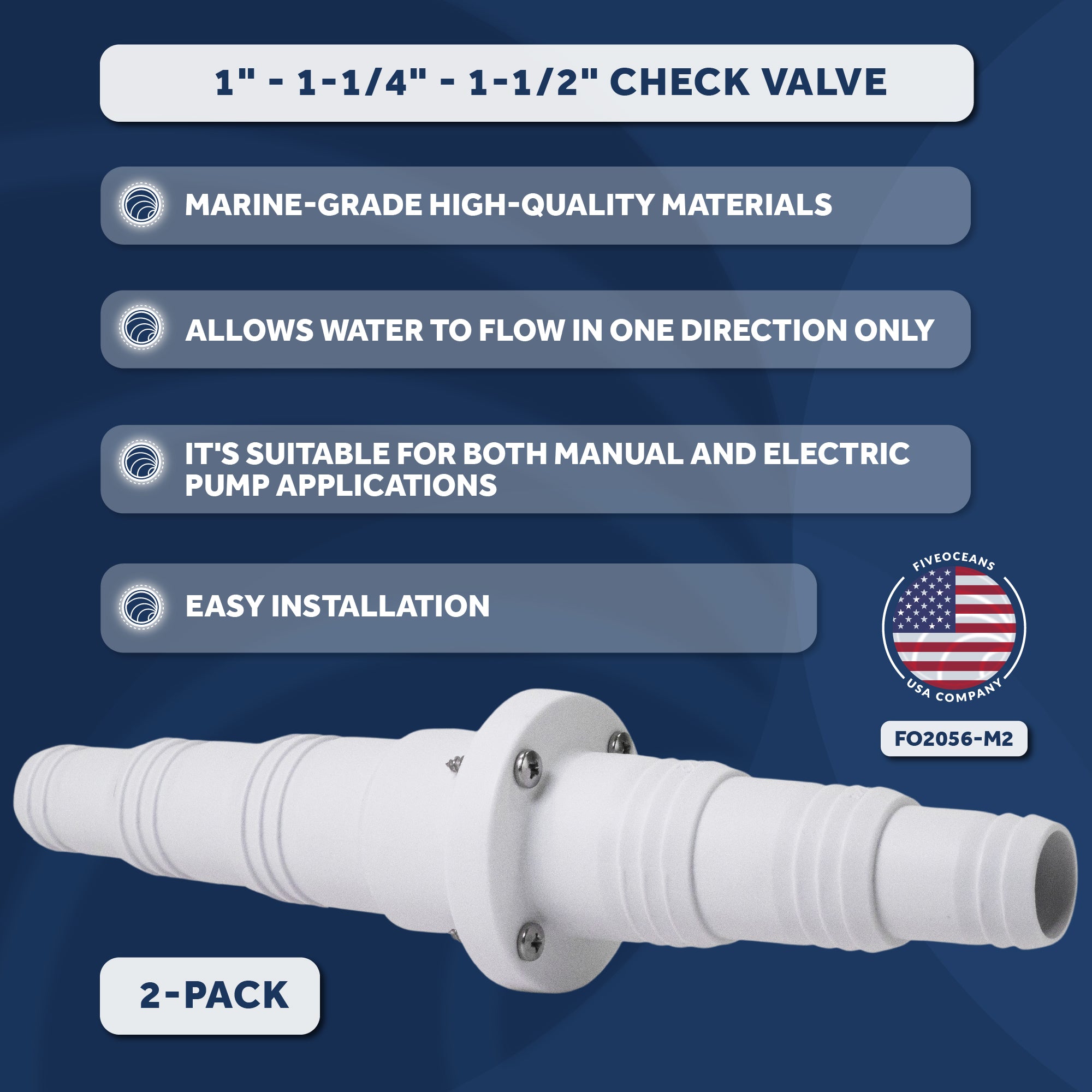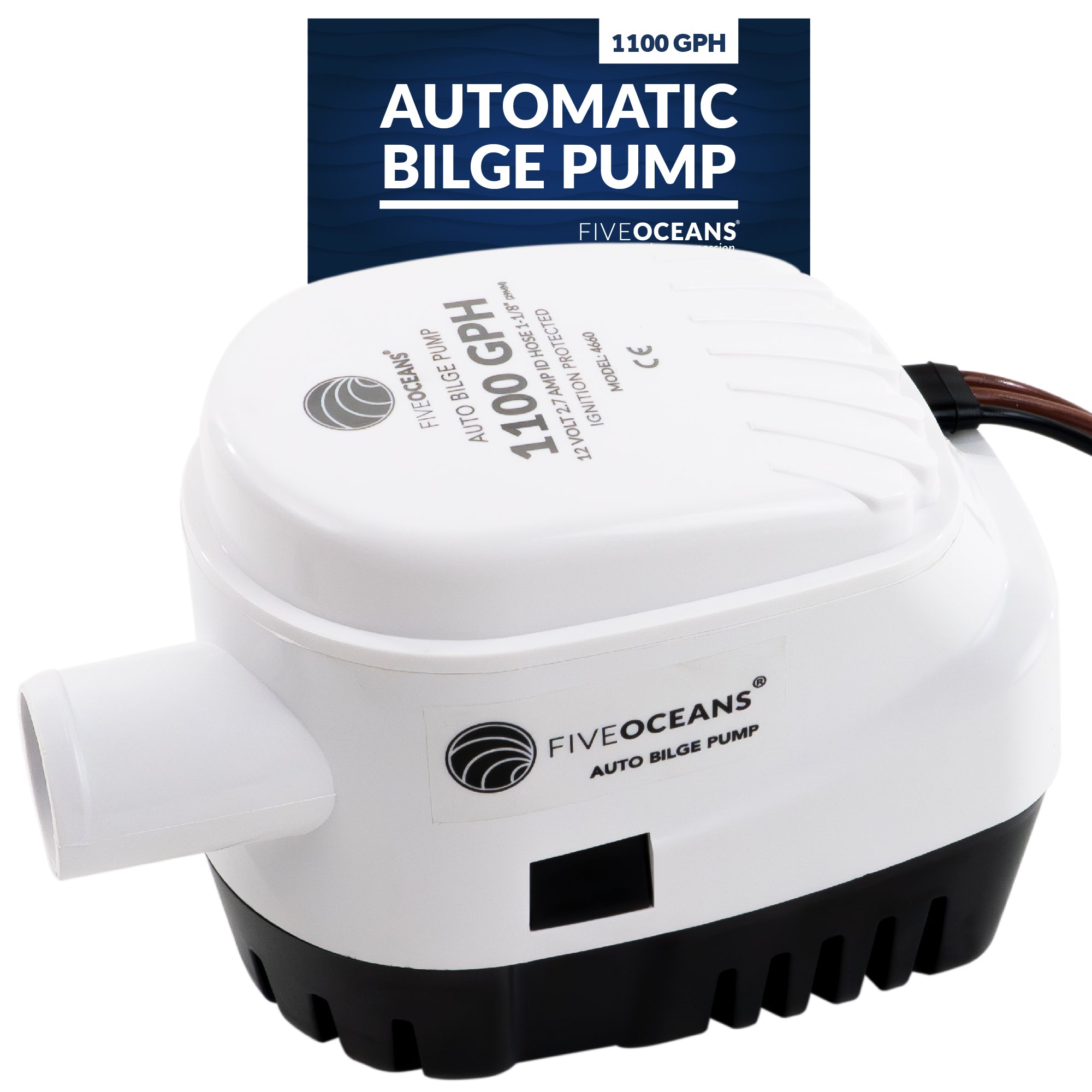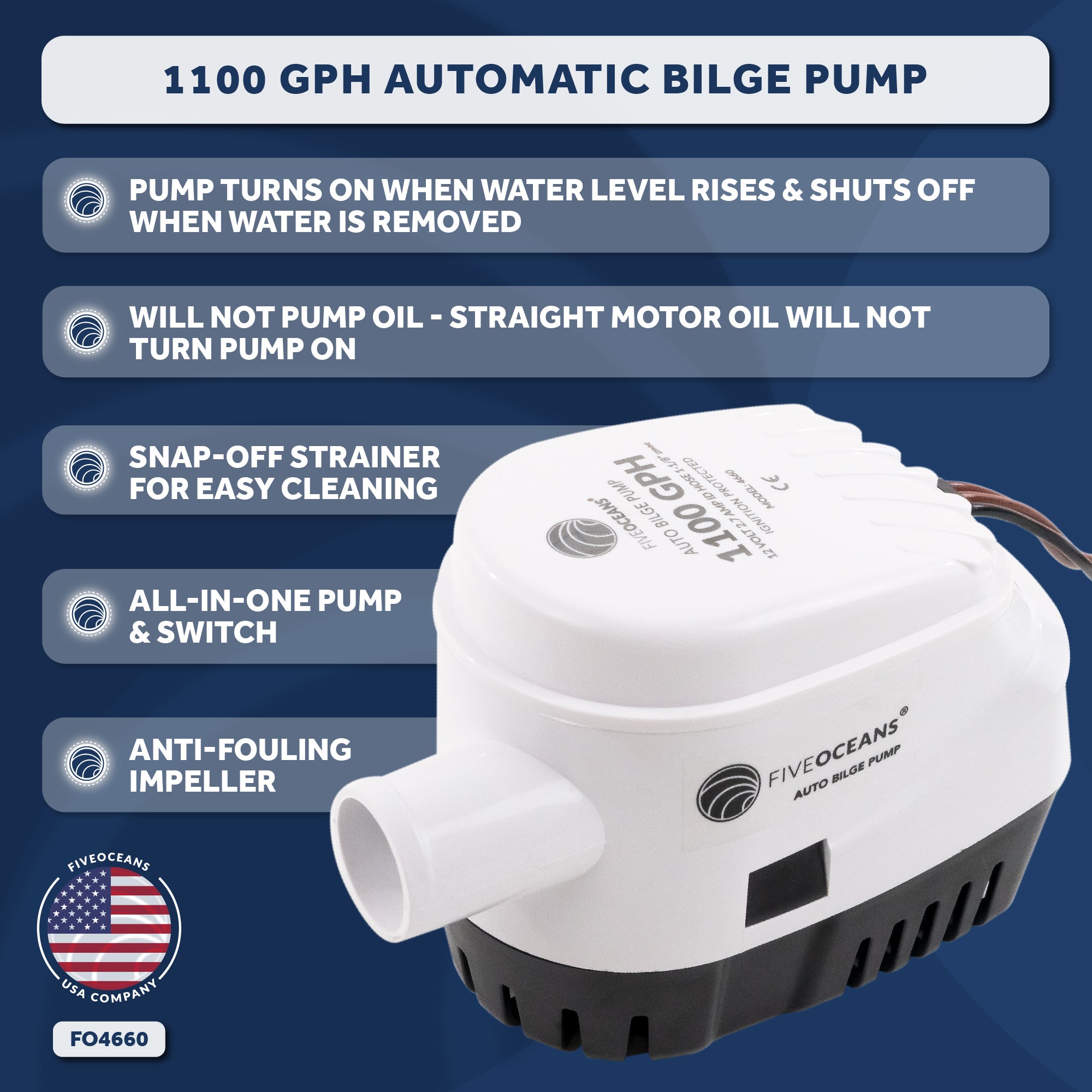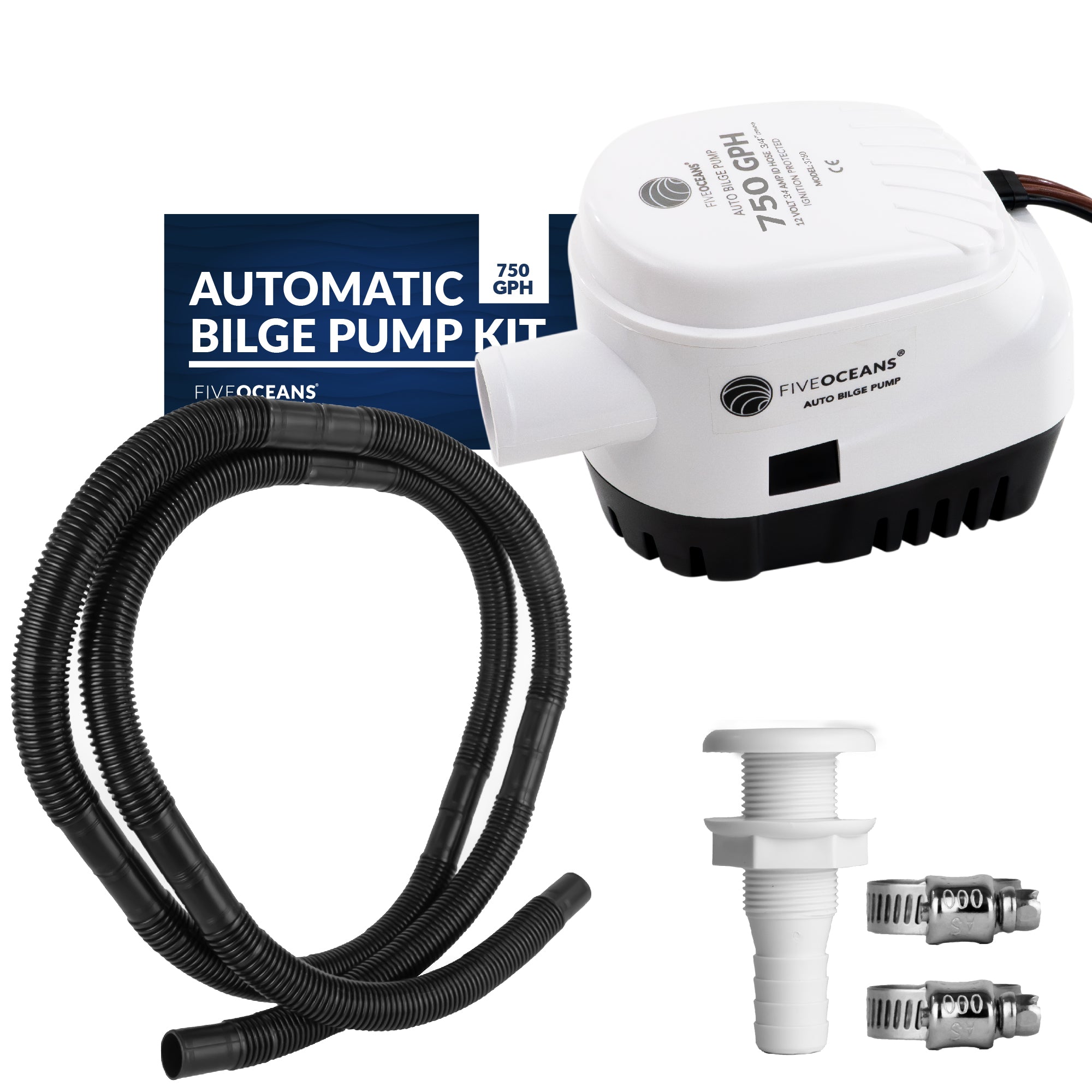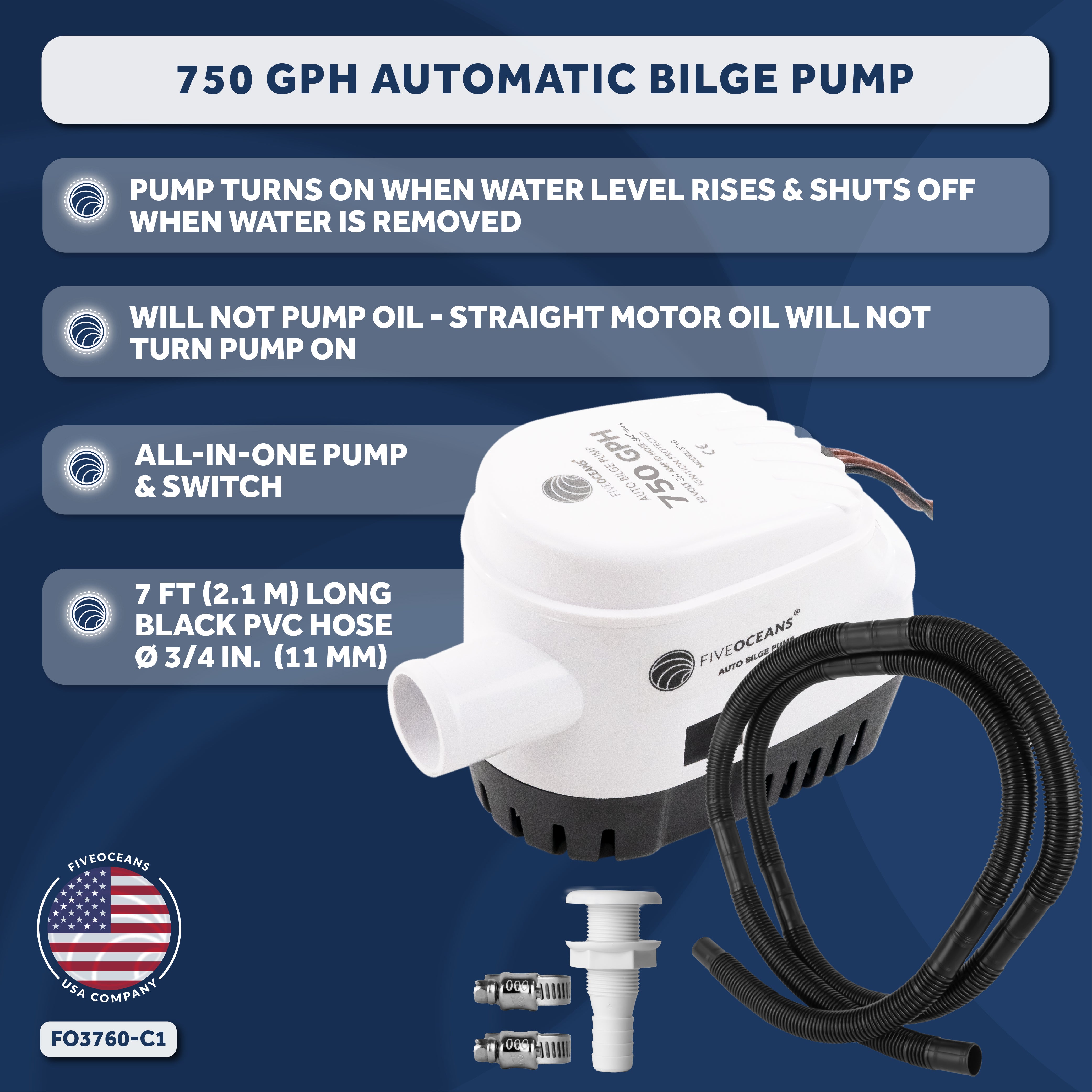Bilge pumps, commonly found on boats of all sizes, play a vital role in removing gathered water in the lowest part of the boat, known as the bilge wells. They efficiently expel this water overboard. Inevitably, water and oil collect in these bilge wells, and preventing their accumulation is nearly impossible. Although the primary function of boat bilge pumps remains consistent, they come in various sizes, types, and capacities. These pumps range from automatic to manual versions and vary from compact plastic models suited for smaller boats to robust, heavy-duty cast iron pumps designed for larger vessels.
Bilge pumps serve to prevent onboard flooding and safeguard your boat from sinking, and they are also mandated by law
One of the most used Bilge Pumps are the Centrifugal Bilge Pumps. This type stands out as the most employed Bilge Pump. Renowned for its high capacities, uncomplicated design, capability to manage small debris, and cost-effectiveness, it enjoys widespread use. In larger ships, bilge pumps predominantly rely on centrifugal models. When the task involves moving substantial volumes of water, the centrifugal option reigns supreme. However, these pumps require priming for operation. Before a centrifugal pump can effectively move any water, it needs to be filled with water first, due to its operating mechanism.
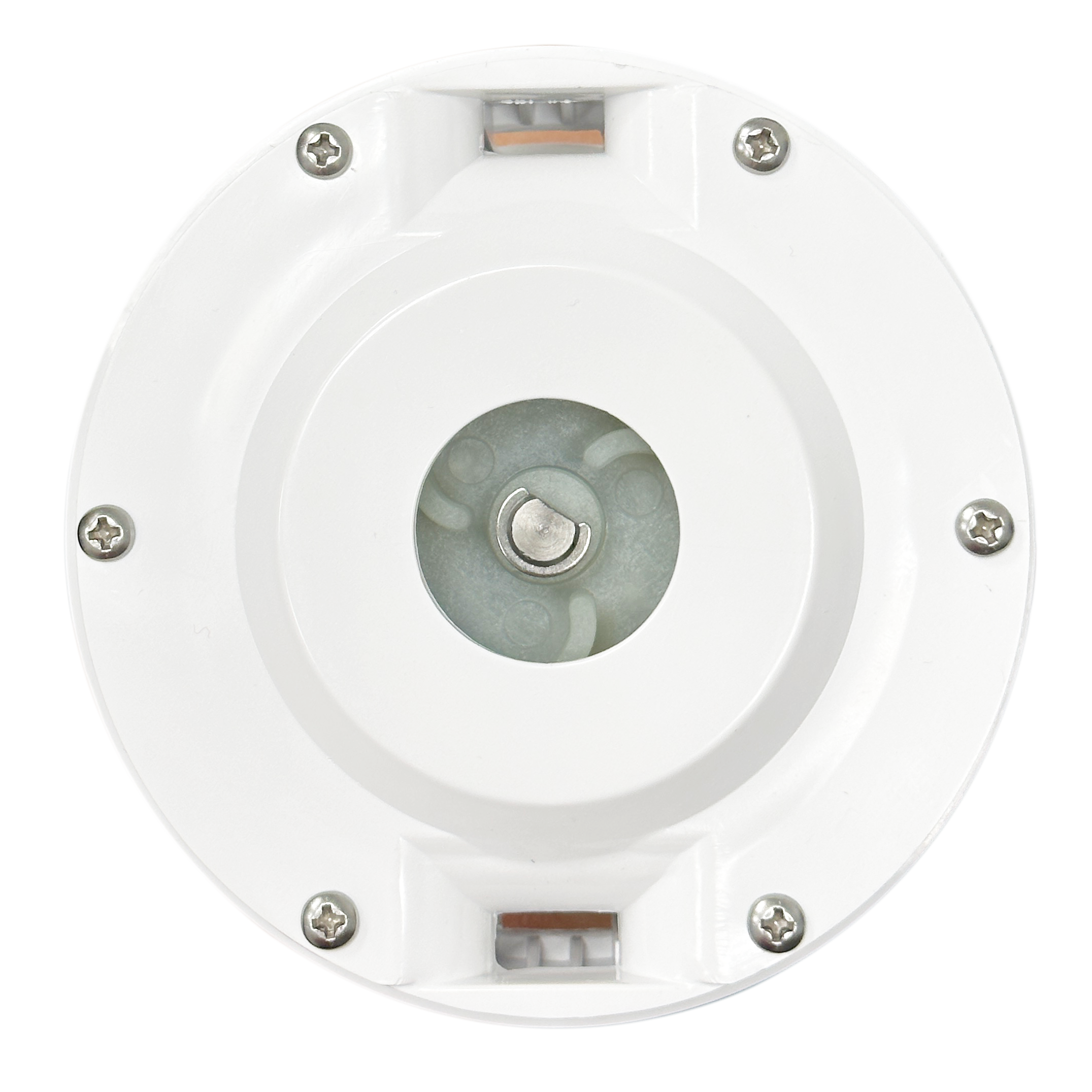
How do Centrifugal Bilge Pumps Work?
Centrifugal pumps function by converting rotational energy into kinetic energy to move water. As the impeller spins within the pump, it propels water towards the discharge. This action generates reduced pressure within the pump, drawing in more water as a result
Types of Centrifugal Bilge Pumps
There are several types of centrifugal pumps. The two common ones are submersible and non-submersible bilge pumps
- Submersible Pumps: These are designed to be submerged directly into the bilge water. They are compact and easy to install, making them a popular choice for smaller boats.
- Non-submersible Pumps: These are installed outside the bilge and use a hose to draw water from the bilge to the pump. They are generally used in larger boats.
The Centrifugal Bilge Pumps are equipped with options for Automatic, Manual, or a combination of Automatic and Manual operation
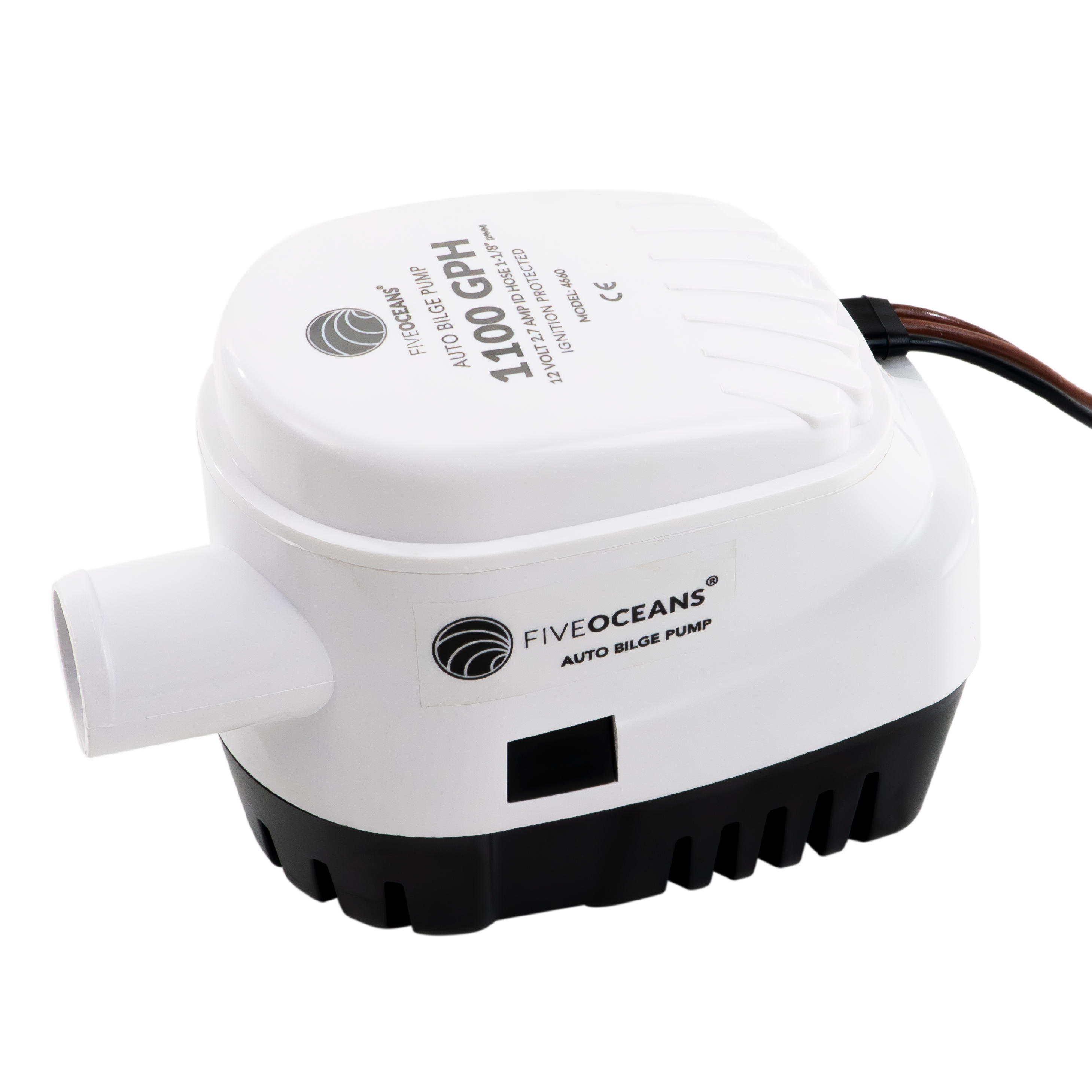
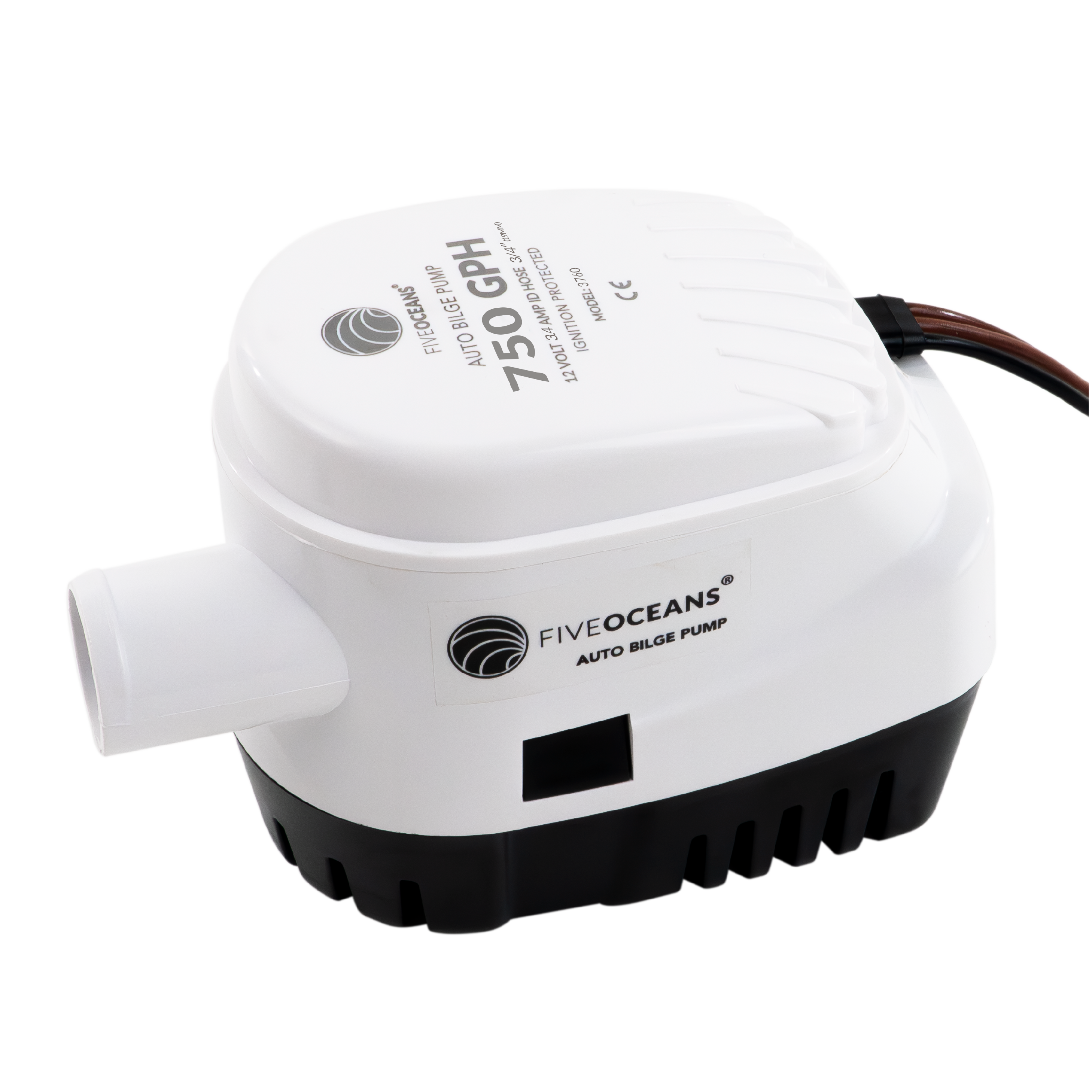
Automatic Operation Bilge Pumps
Many centrifugal bilge pumps are equipped with automatic switches that activate the pump when the water level in the bilge reaches a certain point. This helps in maintaining a dry bilge without manual intervention.
Automatic Operation Bilge Pumps
Many centrifugal bilge pumps are equipped with automatic switches that activate the pump when the water level in the bilge reaches a certain point. This helps in maintaining a dry bilge without manual intervention.
Manual Operation Bilge Pumps
Some pumps require manual operation, where the boat operator needs to turn on the pump when water needs to be removed. Manual Bilge Pumps can be integrated with an Automatic Float Switch, enabling automated functionality.
Featured collection
SEE OUR BILGE PUMP & ACCESSORIES COLLECTION
erwe
Blog posts
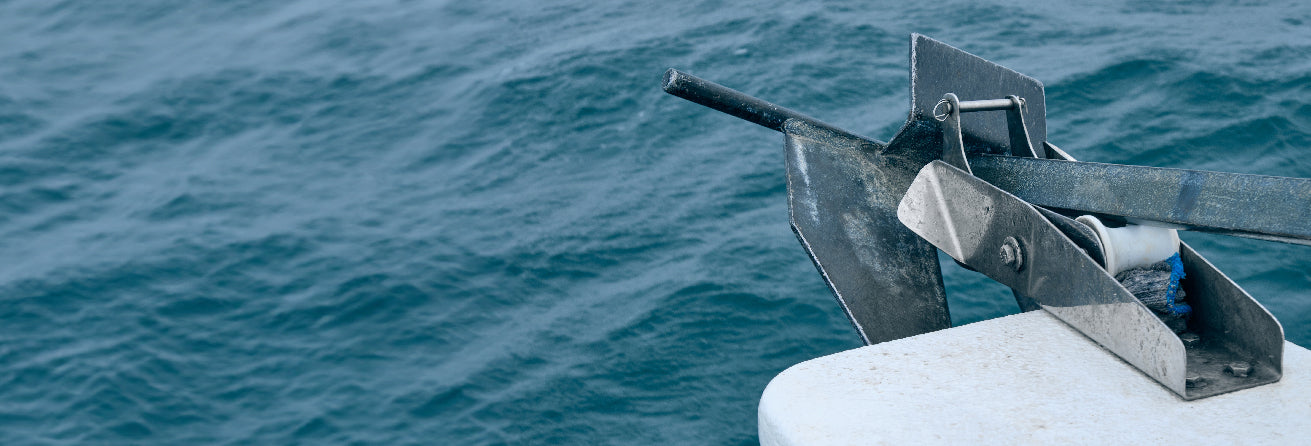
THE ROLE OF ANCHOR ROLLERS IN BOAT SAFETY
Explore the role of anchor rollers in boat safety. Learn how these mechanisms prevent hull damage, simplify anchor handling, and enhance safety. Discover various types of bow rollers for effortless...
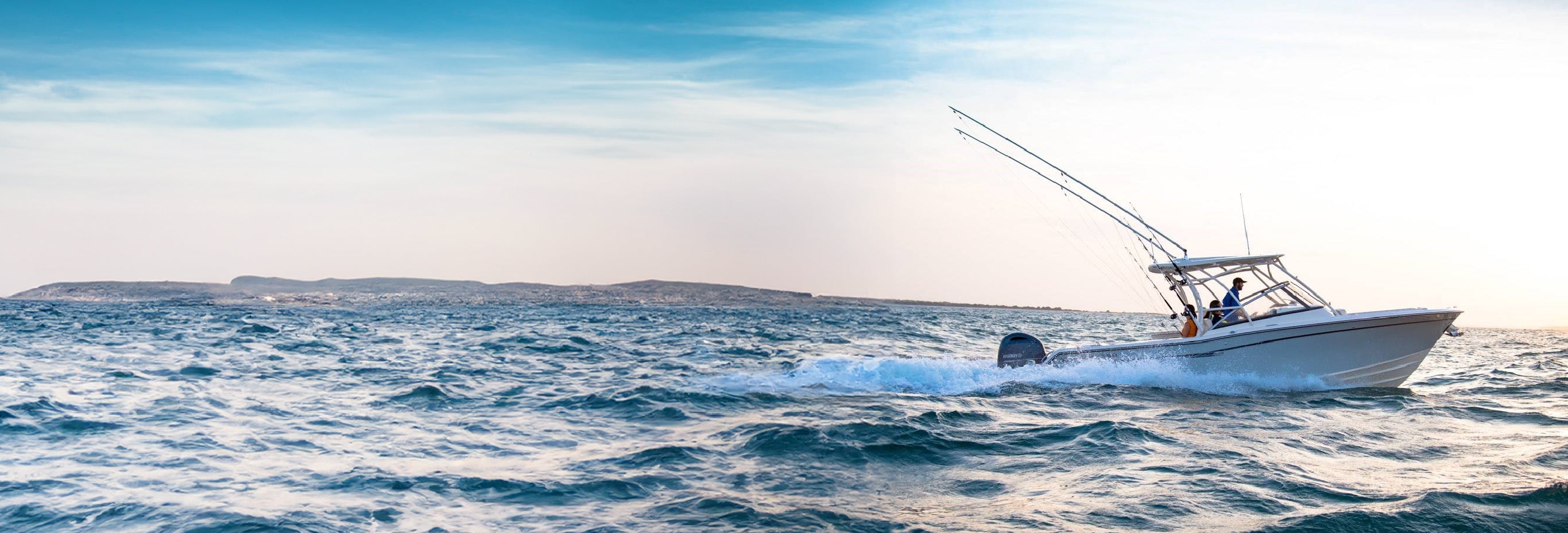
UNLEASH THE POWER OF PERFORMANCE WITH AN OUTBOARD HYDROFOIL
This blog explore the advantages of outboard hydrofoils for boats in this insightful blog post. Learn how hydrofoils enhance stability, fuel efficiency, and maneuverability. Discover their lift-gen...
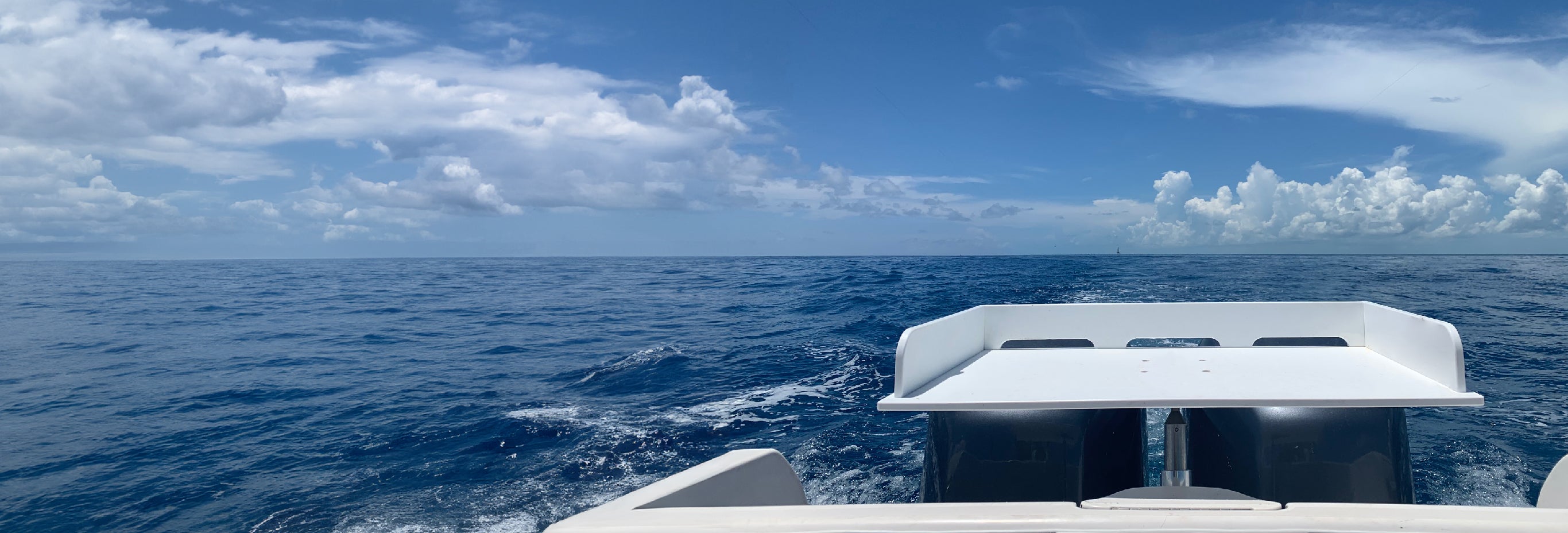
THE VERSATILITY AND UTILITY OF FILLET TABLES IN BOATING
Explore the blog on boat fillet tables - versatile workstations for anglers. Discover their purpose, convenient features, and benefits like hygiene and safety. Learn about materials, design, and mo...



